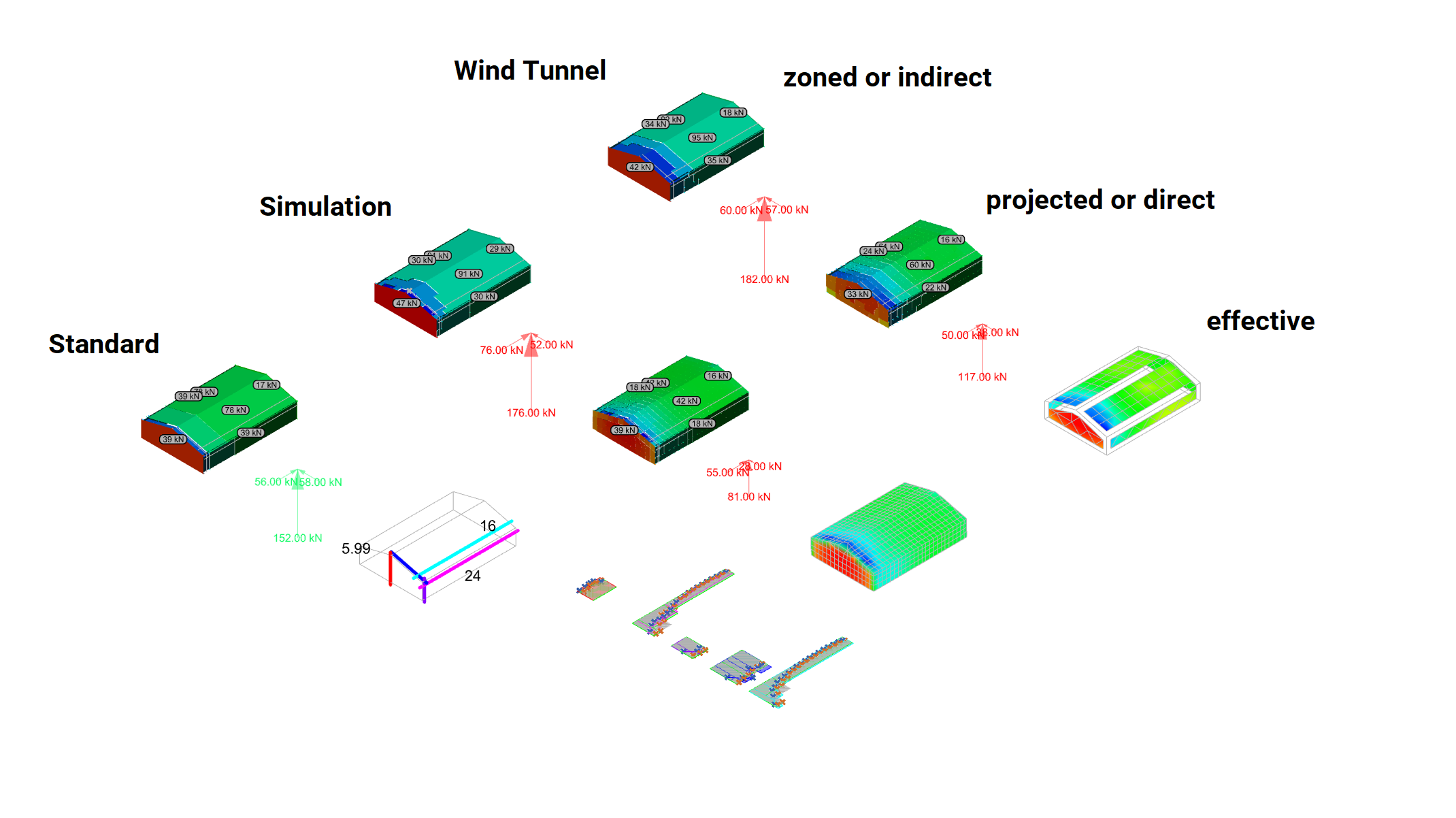
This study explores how Computational Fluid Dynamics (CFD)–based pressure simulation results can be compared and aligned with wind tunnel experiments and standardized design methods, reflecting the practical process engineers follow…

In this article, we aim to answer the question: Why are there two different procedures for exporting connections to IDEA StatiCa? Let’s explore the difference between using the Connection interface…
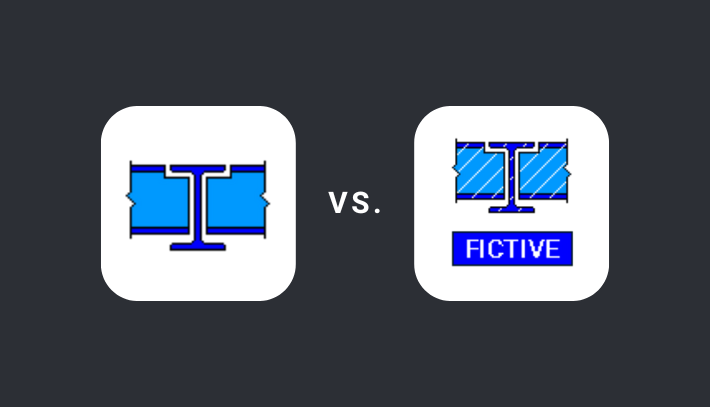
If you’ve ever wondered why there are so many joint types available when using the 'Create Joint by Model’ function in Consteel, and when each type should be used, this…
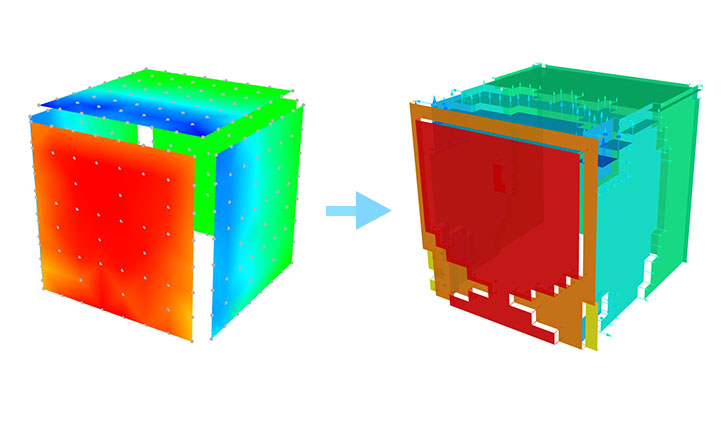
In this article, we will explore pressure-based validation techniques applied to a simple block model within the context of wind simulation for structural engineering. Building upon our previous discussions on…
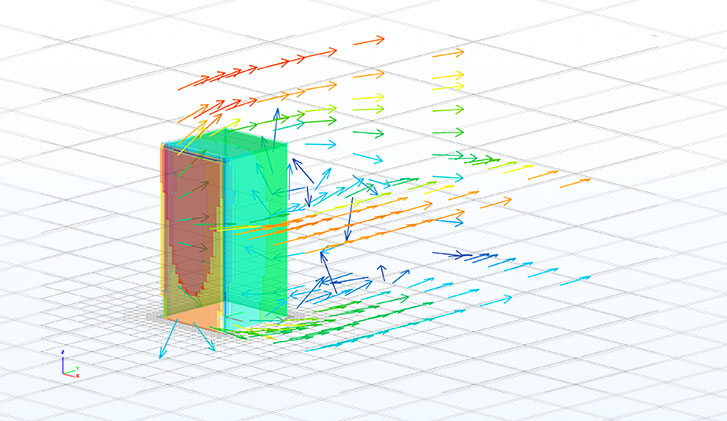
In this second article of our wind simulation series, we will delve into two critical topics of wind simulation for structural engineering. The first one is data processing, a collective…
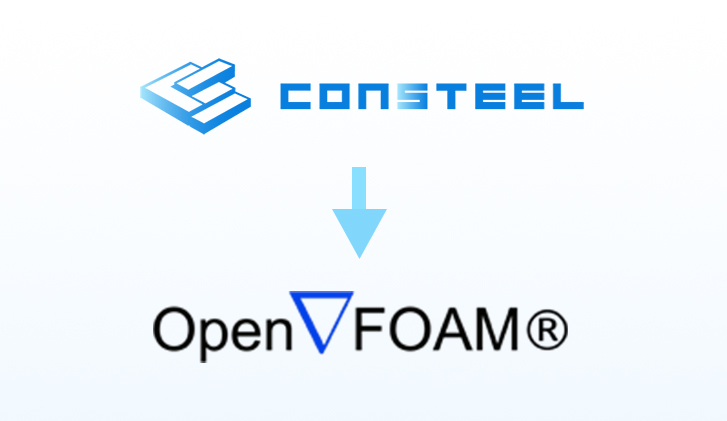
As we prepare to publish the first version of our wind simulation tool, let’s explore the theoretical and technological background that makes it unique. Throughout the development process, we identified…
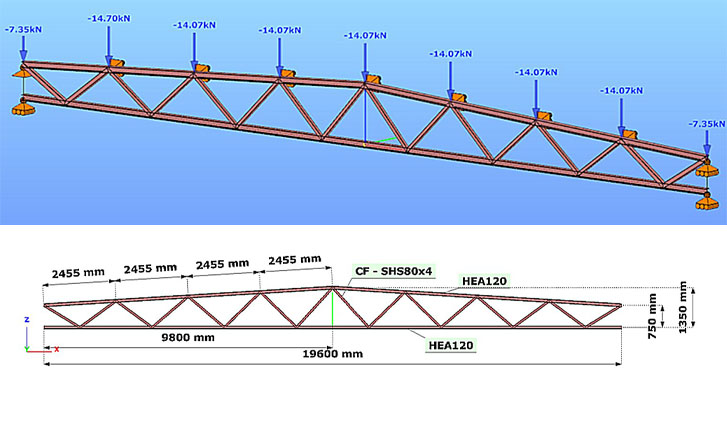
Software version: ConSteel 17 Build 3303 Keywords: Modeling; Analysis; Design; Lattice girder; Getting started; Model examples Design objective, choice of design standard This design guide is intended for novice…

Consteel recommends to use the General Method from EN 1993-1-1 for the evaluation of out-of-plane strength of members and sturctures. In addition, the scaled imperfection based 2nd order approach is…
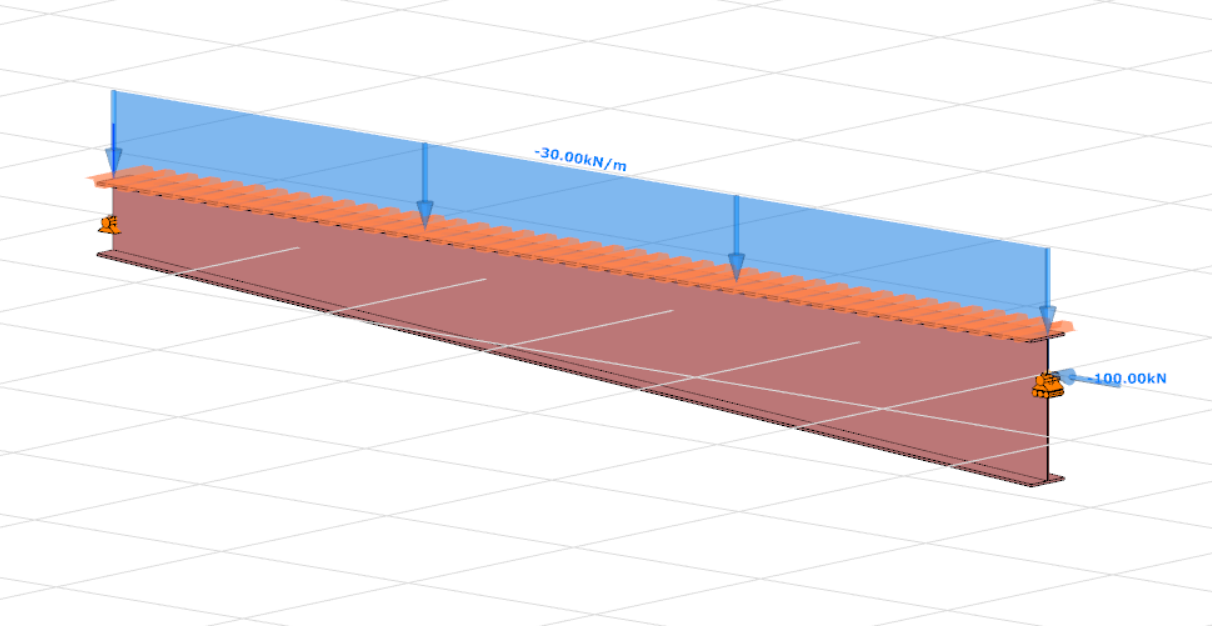
Have you ever heard about the 'General Method’? This is an alternative design method to consider the interaction of axial compression with major-axis bending for general buckling situations, where the…
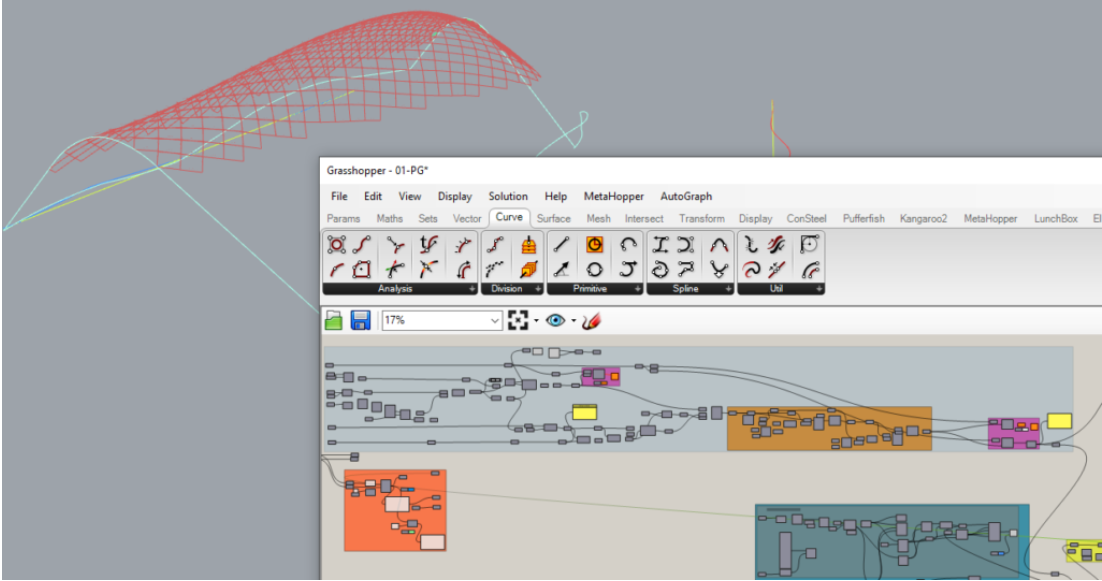
Did you know that Consteel provides a plugin to integrate structural modeling and analysis into your parametric Grasshopper definitions? Download Pangolin from food4rhino.com or the Yak package manager of Rhino.…
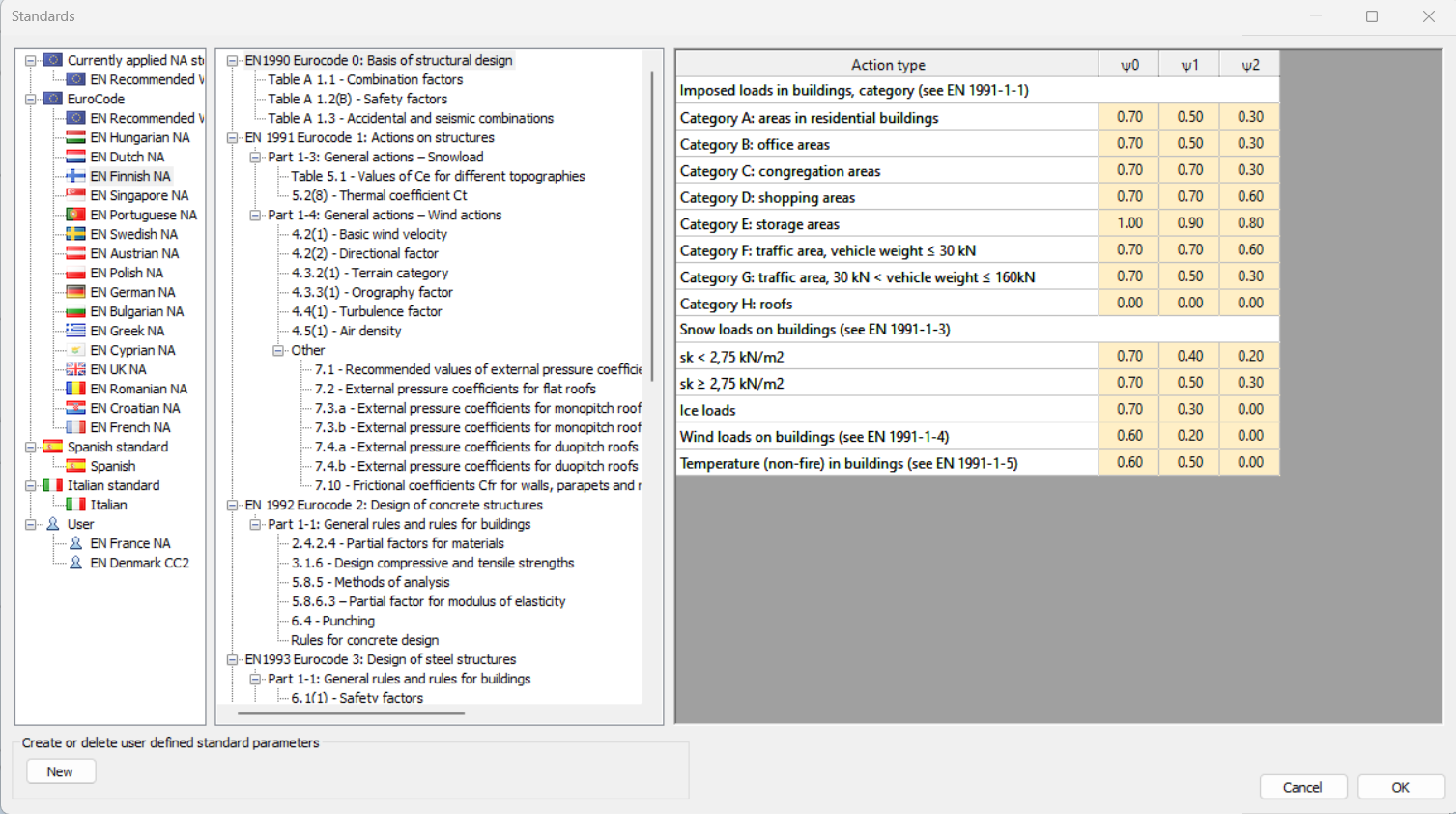
Did you know that Consteel already supports most of the countries which have adopted Eurocode design standard? If your country would still be missing, no problem, you can create your…
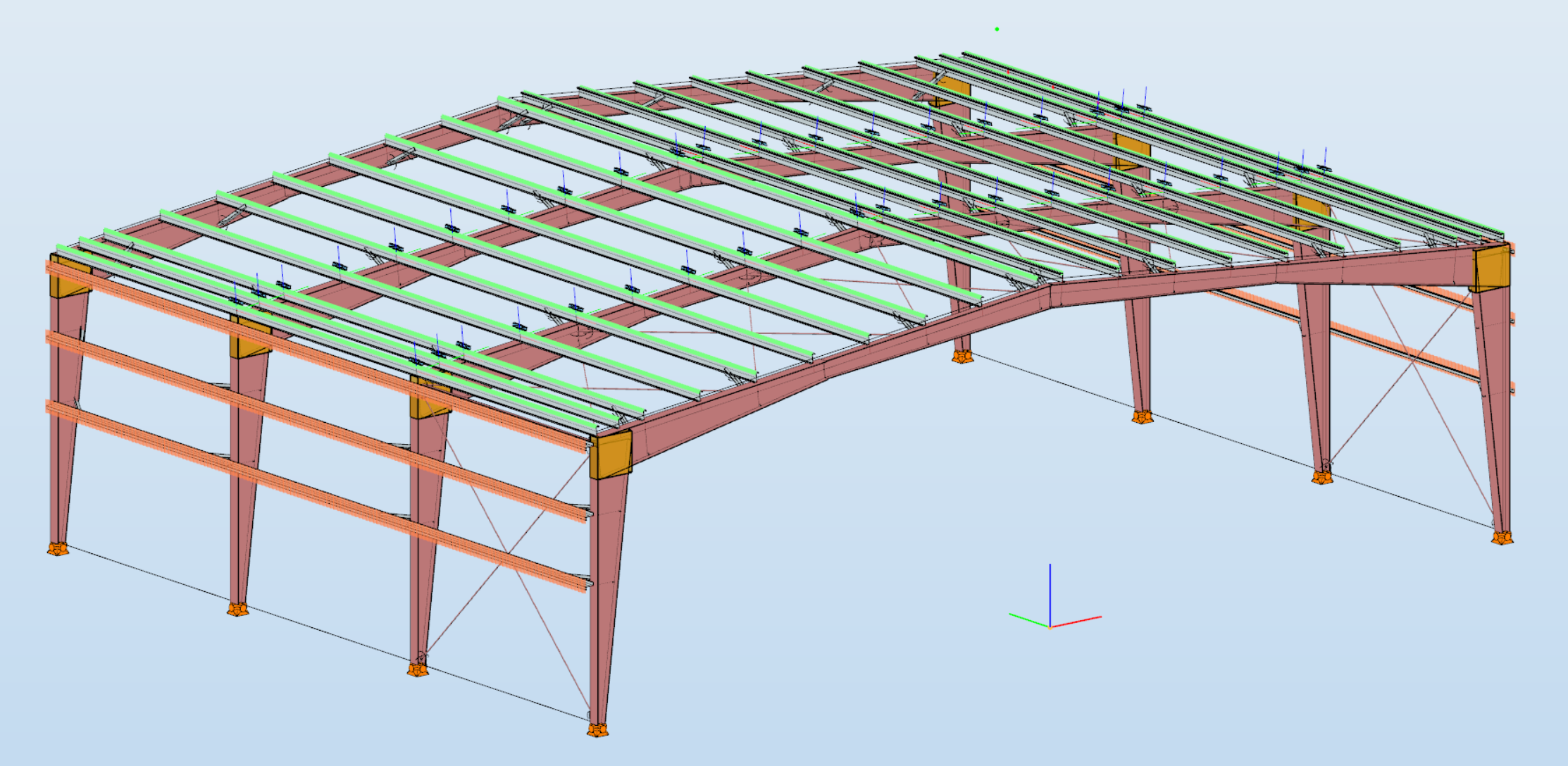
Did you know that you can use Consteel to design a pre-engineered Metal Building with all its unique characteristics, including web-tapered welded members, the interaction of primary and secondary structural…
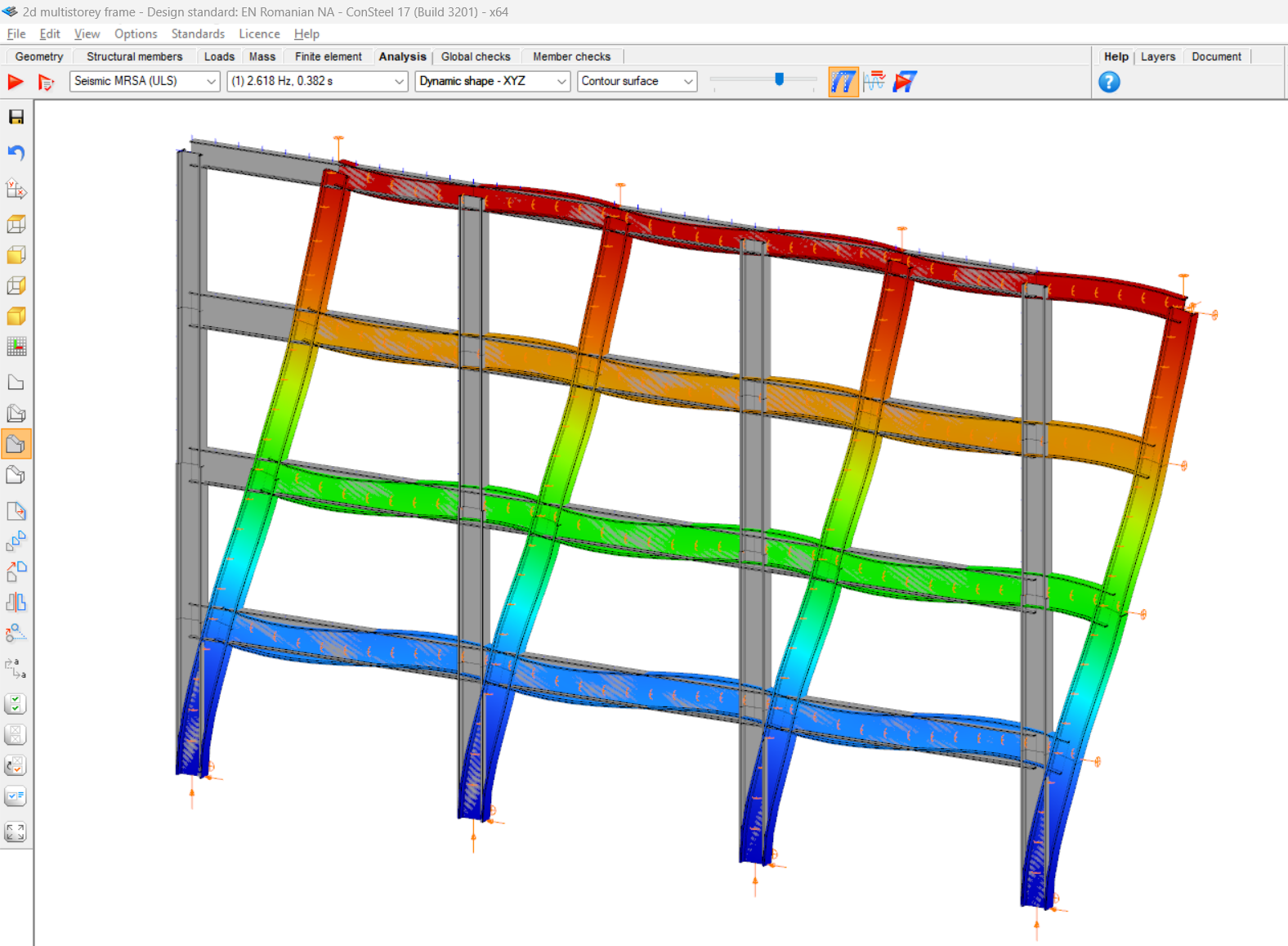
Did you know that in addition the standard Type 1 and Type 2 response spectrums defined by Eurocode 8, you can use also user-defined spectrums with Consteel? Download the example…
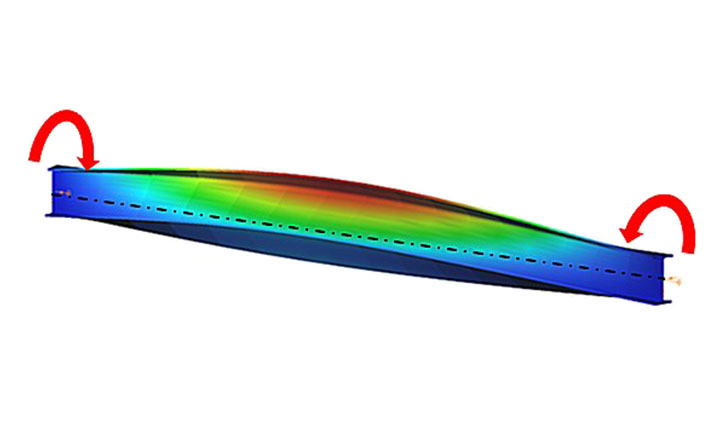
Introduction When a beam, bent in a plane, is allowed to move and twist freely between its two support points, in addition to bending, sudden perpendicular displacement and twisting may…

Designing a lattice girder The design of the bars of a truss (lattice girder) structure does not require any special theoretical knowledge: normally, the truss bars are designed as compressed…
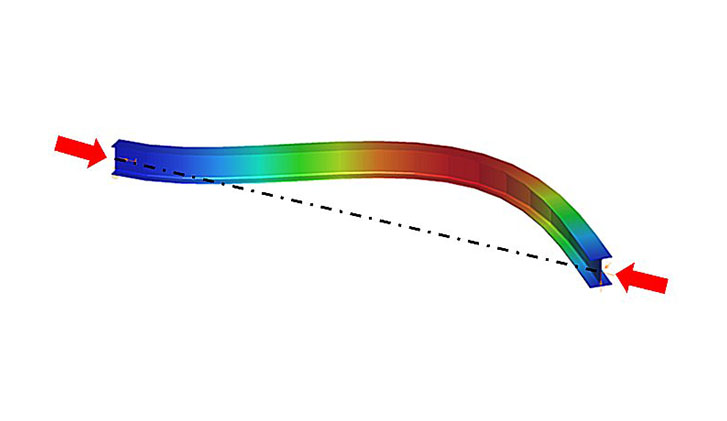
The evolution of compressed bar (column) design One of the characteristic features of steel structures made of bars (e.g. lattice girders) is the compressed bar. We speak of a compressed…
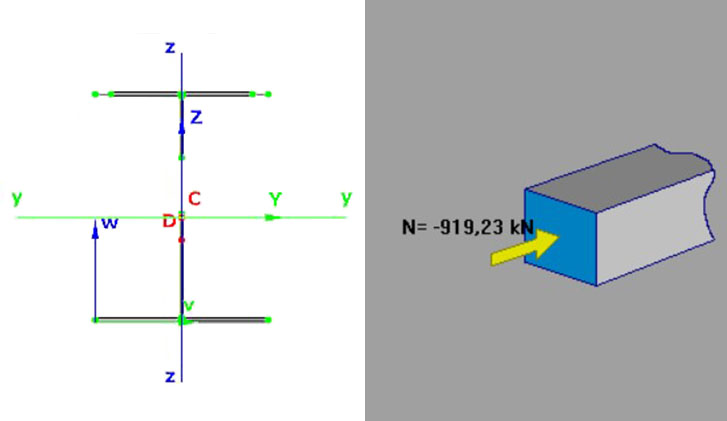
This overview delves into Consteel’s solution, offering an alternative approach to calculating effective cross-sectional properties and reshaping conventional methodologies in structural analysis and design. Determine the strength utilization of a…
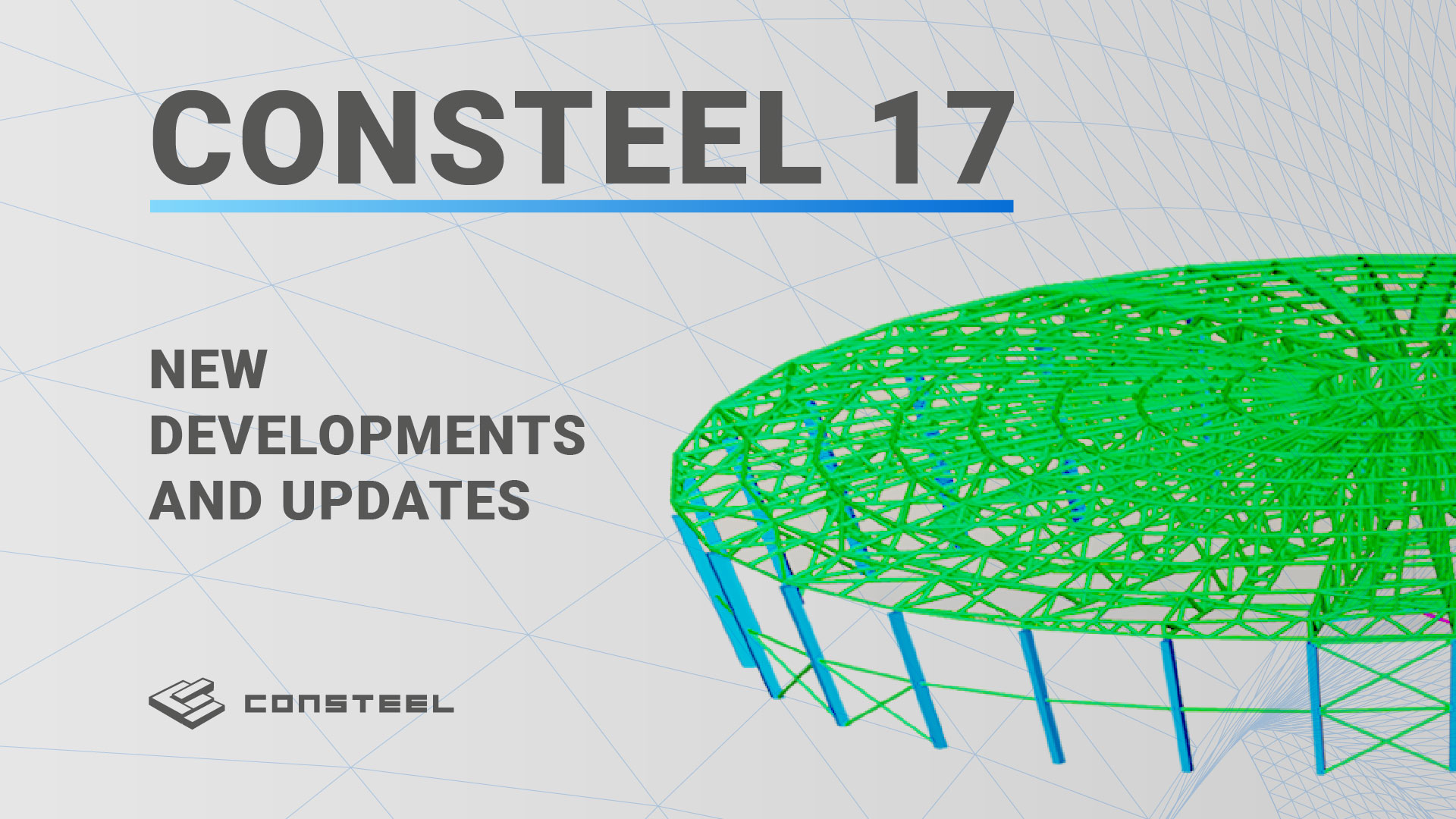
The latest version, Consteel 17 is officially out! In 2023, our main focus for Consteel development is improving usability. New features prioritize efficient model manipulation, easy modification, and clear information…
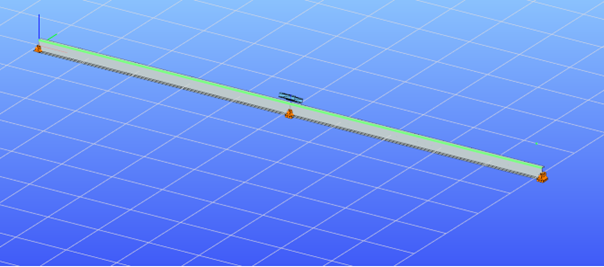
Did you know that you can use Consteel to design simple supported, continuous and over-lapped purlins systems in Consteel, considering shear and rotational stiffness of attached roof sheeting? To use…
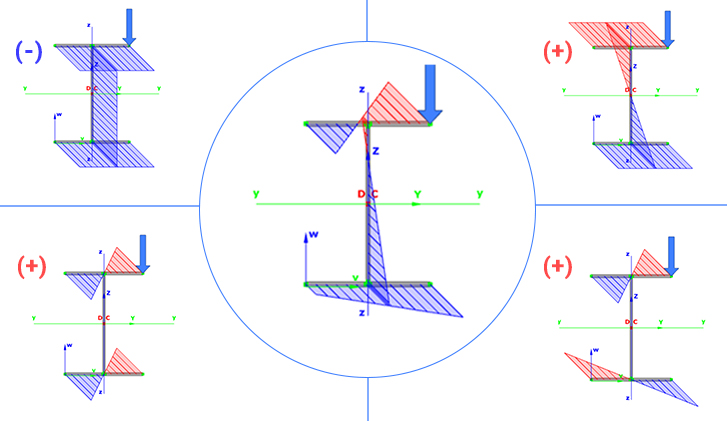
In Consteel, the calculation of cross sectional interaction resistance for Class 3 and 4 sections is executed with the modified Formula 6.2 of EN 1993-1-1 with the consideration of warping…

Did you know that you can use Consteel to design pad foundations? Download the example model and try it! If you haven’t tried Consteel yet, request a trial for free!
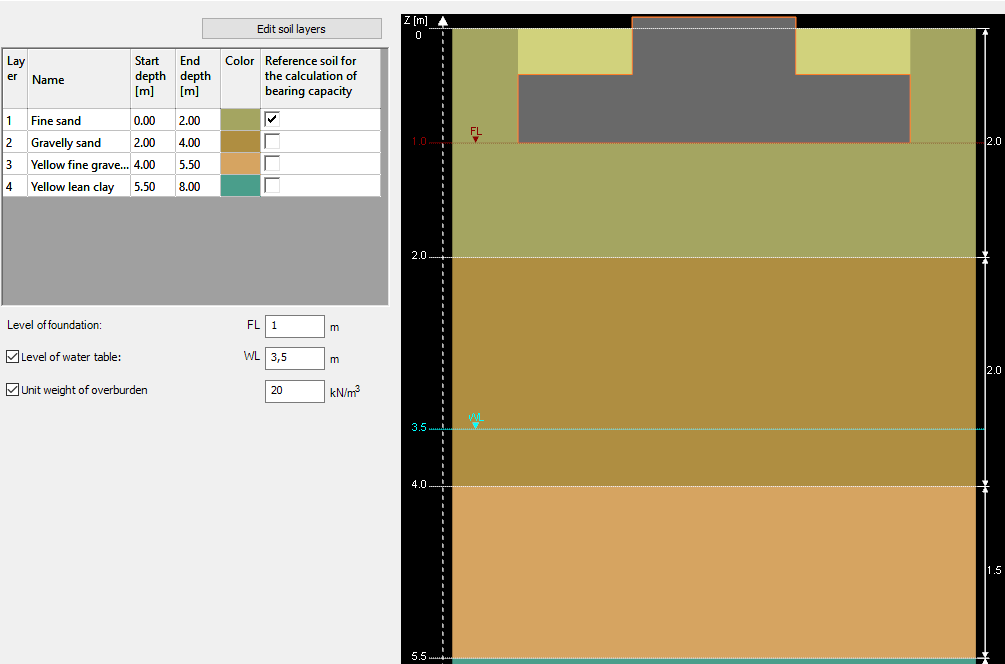
Did you know that you can use Consteel to calculate support settlement? Download the example model and try it! If you haven’t tried Consteel yet, request a trial for free!
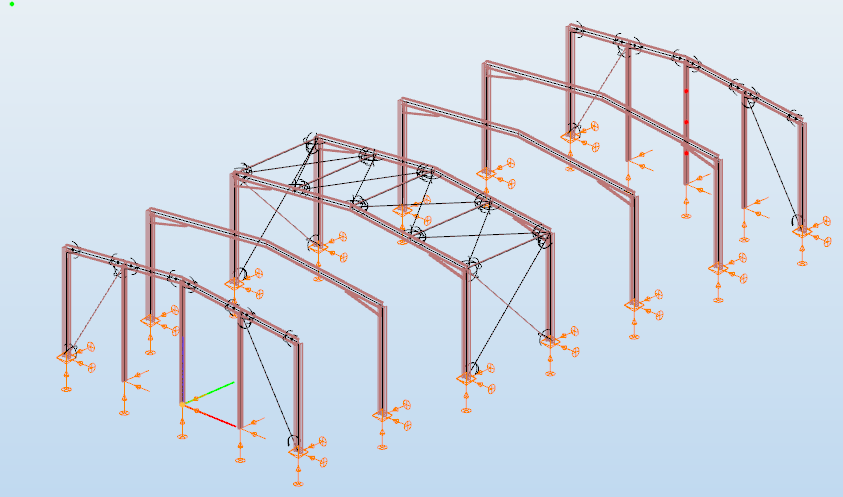
Did you know that you can use Consteel to apply your own scripts to build models and perform calculations? Try it! If you haven’t tried Consteel yet, request a trial…

Did you know that you could use Consteel to build 3D models with smart link elements which automatically adapt the model when profiles are changed? Download the example model and…
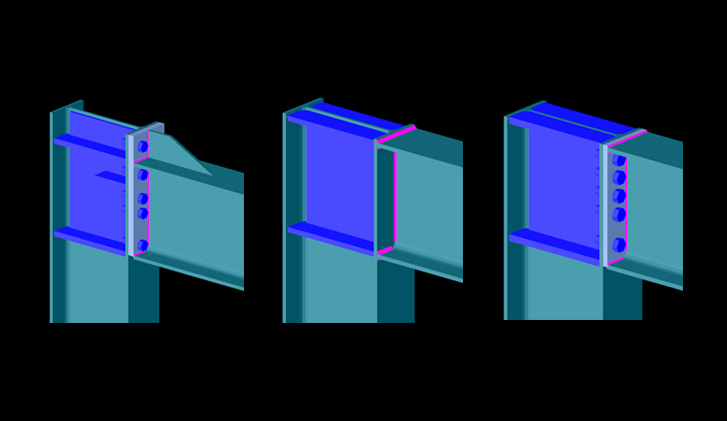
Did you know that you could use Consteel to calculate rotational stiffness for bolted column/beam moment bearing connections? Download the example model and try it! If you haven’t tried Consteel…
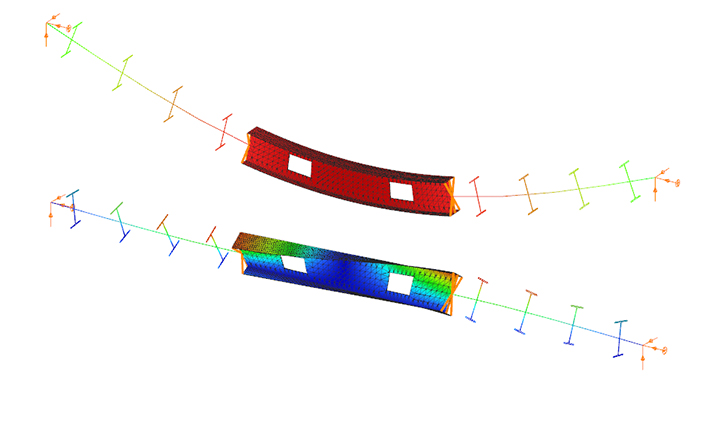
Did you know that you could use Consteel to perform dual analysis with 7DOF beam and/or shell elements? With two advanced features, Superbeam and Convert members to plates, you can…

Did you know that you could use Consteel to design web-tapered members? Tapered members are widely used in the economic design of steel-framed structures, such as industrial halls and warehouses,…
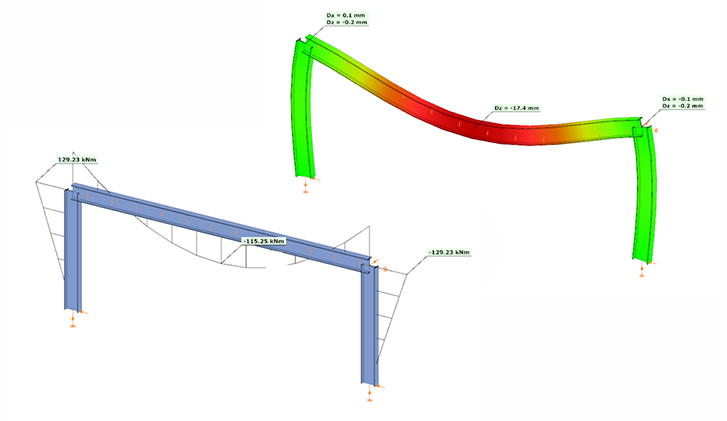
Did you know that you could use Consteel to consider connection stiffness for global analysis? One of Consteel’s unique strengths is its ability to integrate joint modeling and calculation directly…
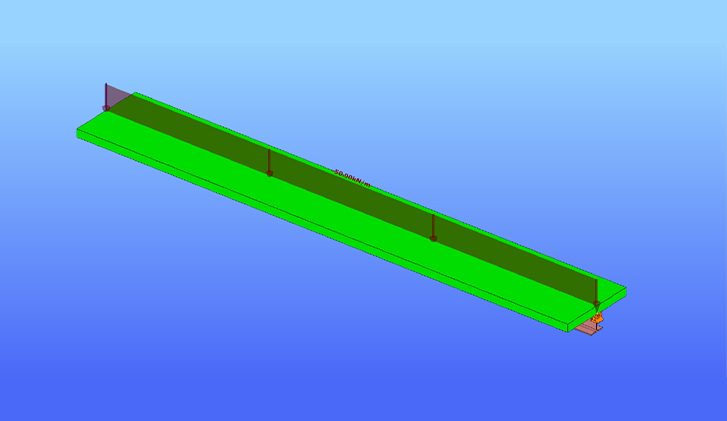
Did you know that you could use Consteel to determine the optimum number of shear connectors for composite beams? Download the example model and try it! If you haven’t tried…
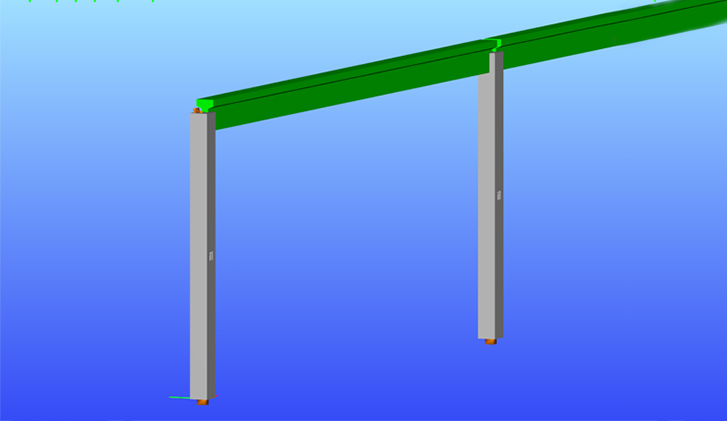
Did you know that you could use Consteel to determine automatically the second order moment effects for slender reinforced concrete columns? Download the example model and try it! If you…
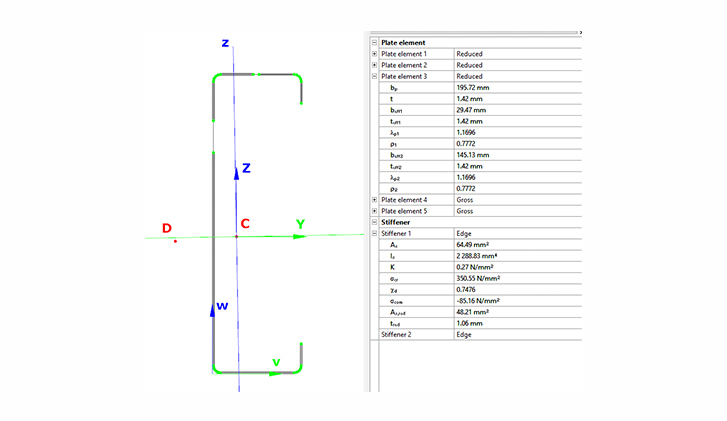
Did you know that you could use Consteel to perform local and distortional buckling checks for cold-formed members? Download the example model and try it! If you haven’t tried Consteel…
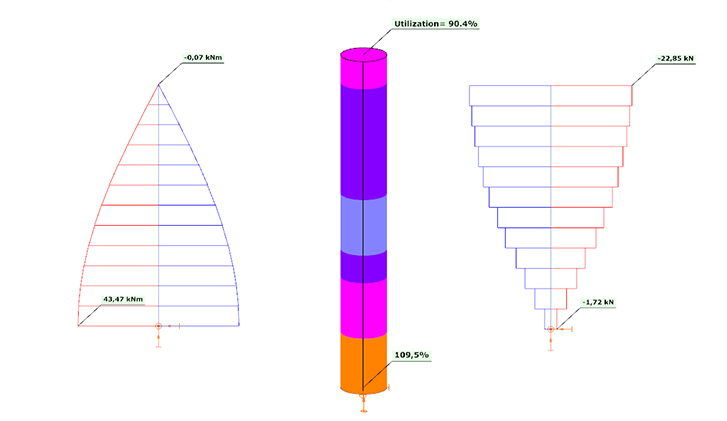
Introduction Reinforced concrete columns are essential structural elements in the construction industry. They are used, for example, in frame buildings, halls, family houses and bridges. They are used in both…
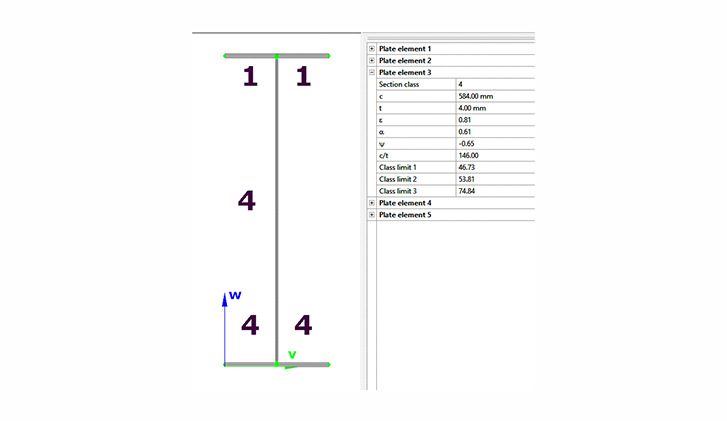
Did you know that you could use Consteel to calculate effective cross-section properties for Class 4 sections? Download the example model and try it! If you haven’t tried Consteel yet,…
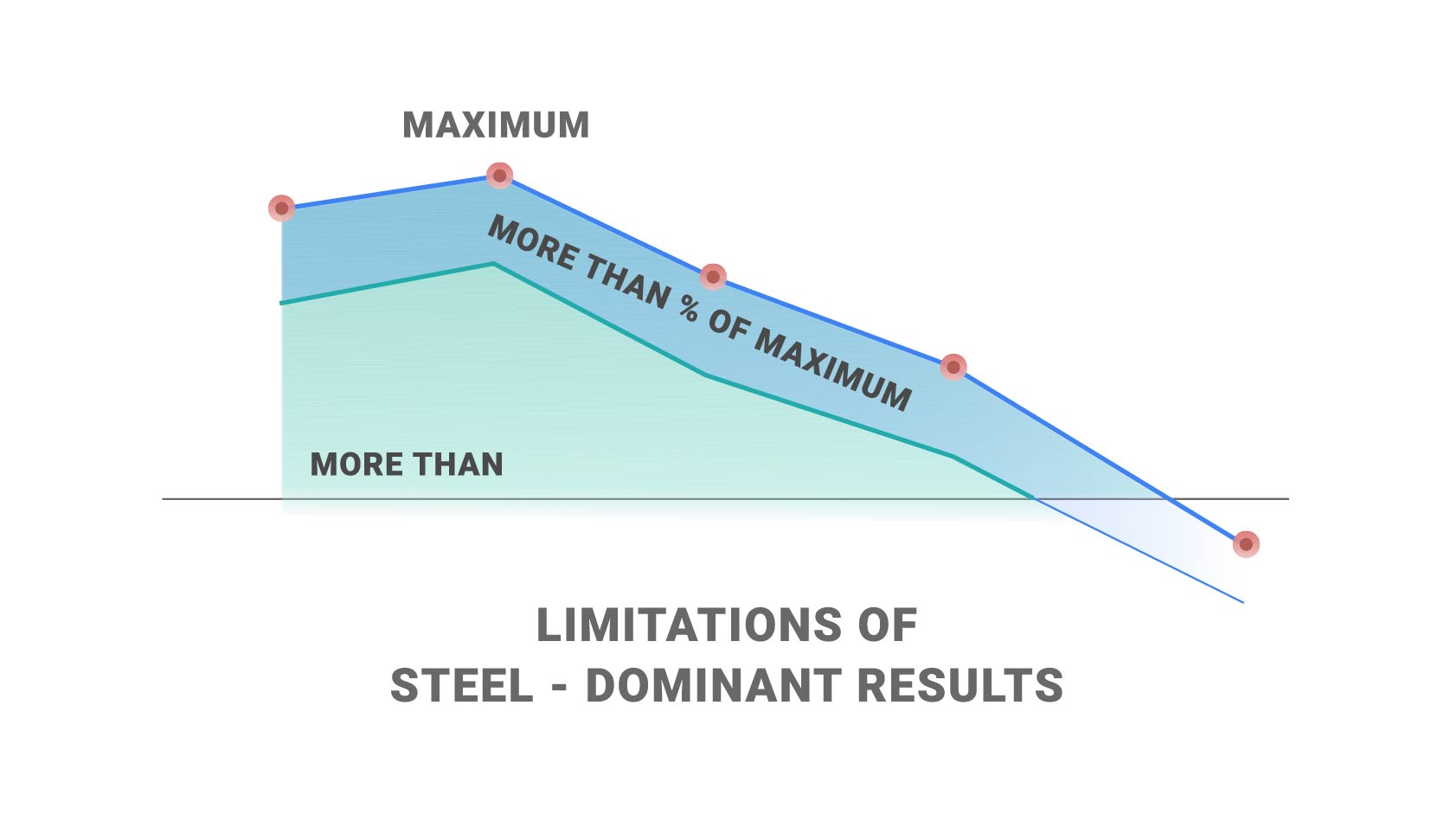
When applying design rules in load combination filter, the most frequently used utilization type is Steel – Dominant results. What results are exactly considered by this option and what do…
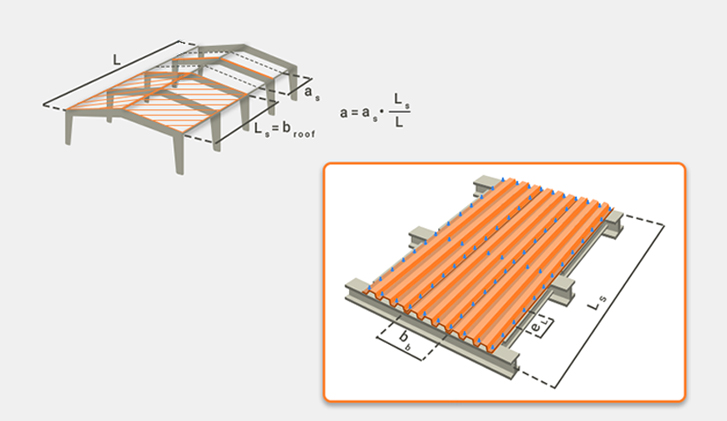
Did you know that you could use Consteel to Consider the shear stiffness of a steel deck as stabilization for steel members? Download the example model and try it! If…
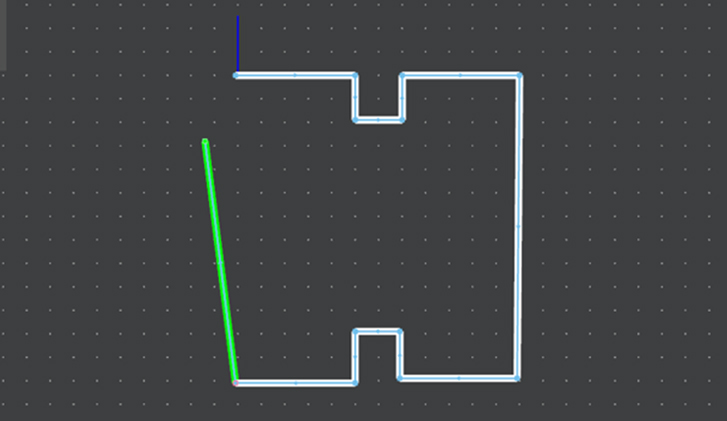
Did you know that you could use Consteel to draw a user-defined cross section and calculate its section properties? Download the example model and try it! If you haven’t tried…
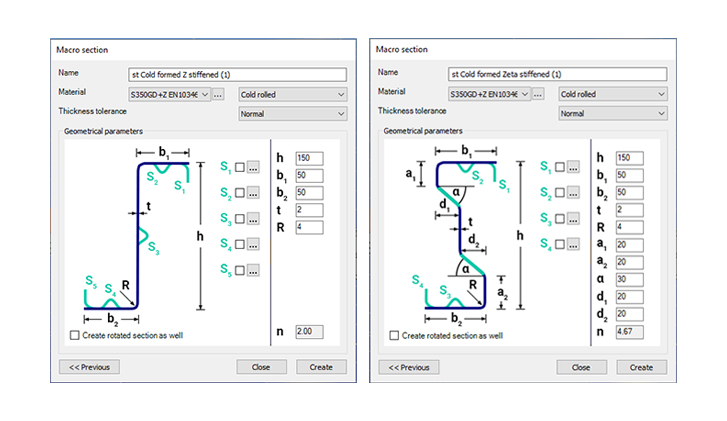
Did you know that you could use Consteel to include in your model a wide range of cold-formed macro sections? For line member modelling, the cross-section must first be loaded…
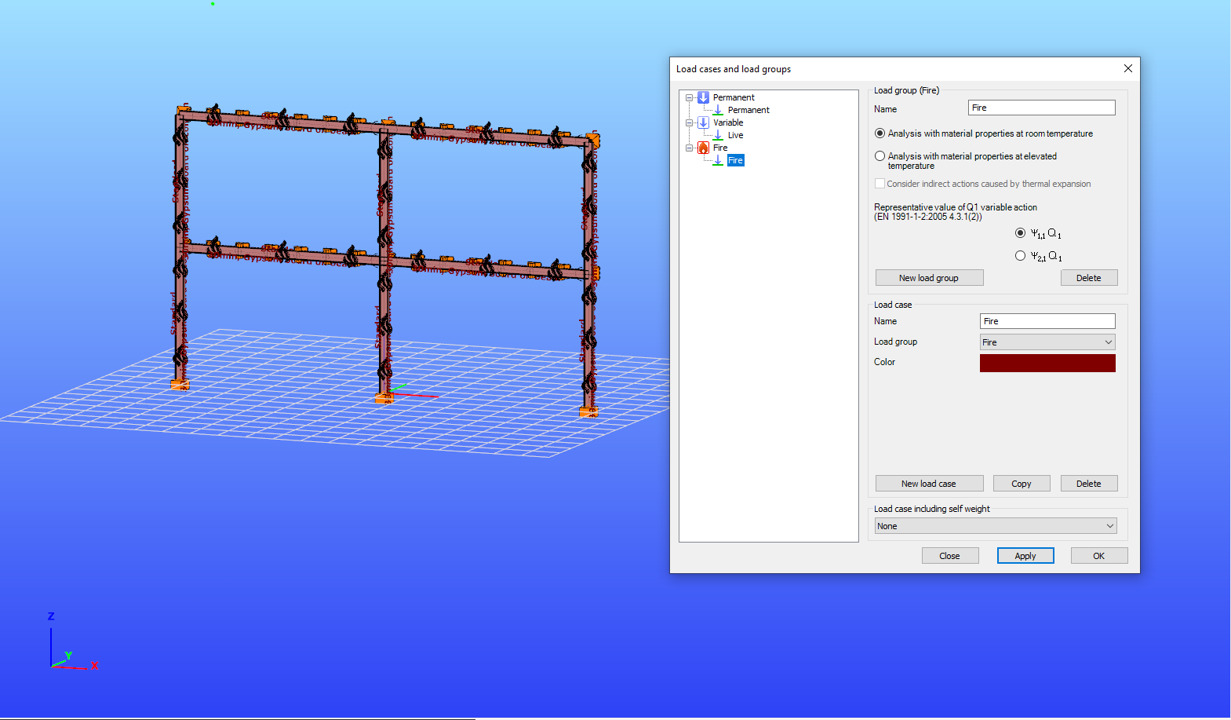
Did you know that you could use Consteel to perform structural analysis at room and elevated temperatures as part of design process for fire resistance? Download the example model and…
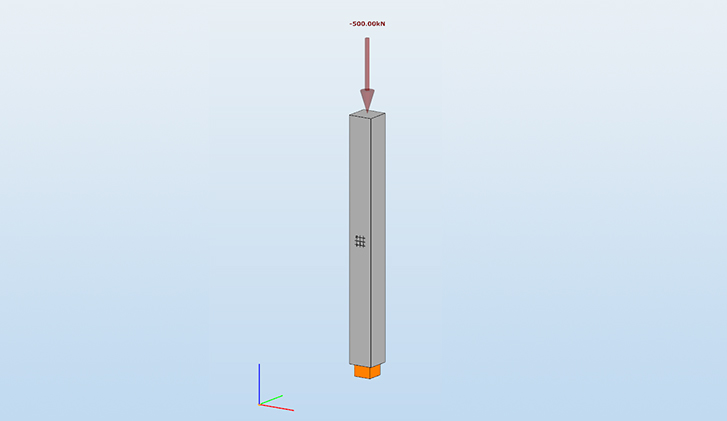
Introduction In ConSteel, there are three options for designing reinforced concrete columns: the Manual Nominal Curvature Method, the Automatic Nominal Curvature Method, and the Nominal Stiffness Method. Each method has…
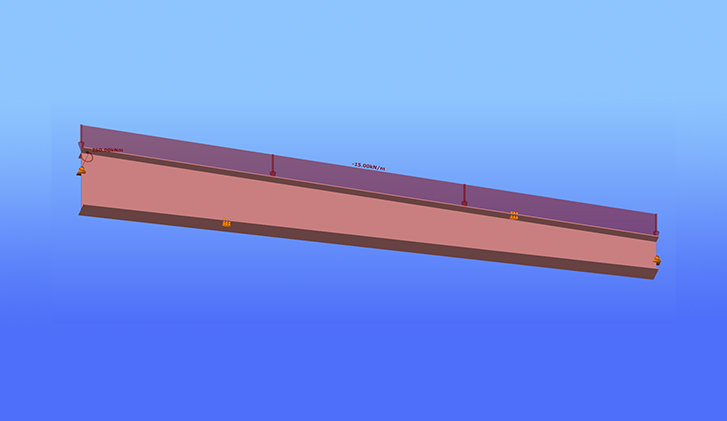
Did you know that you could use Consteel to calculate the elastic critical moment of a member subject to arbitrary loading and boundary conditions? Calculating the elastic critical moment can…
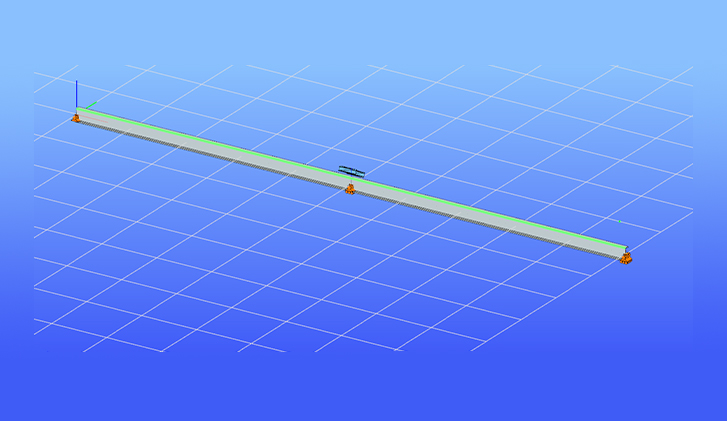
Did you know that you could use Consteel to design simple supported, continuous and over-lapped purlins systems, considering shear and rotational stiffness of attached roof sheeting? Download the example model…
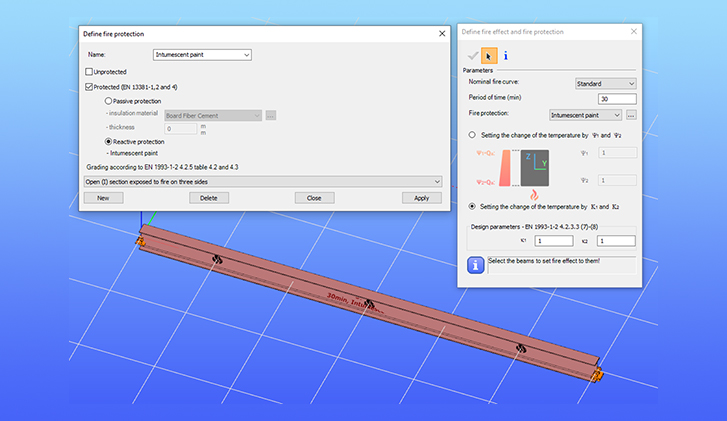
Did you know that you could use Consteel to determine the critical temperature of a steel beam protected against fire with intumescent painting? Download the example model and try it!…

Did you know that you could use Consteel to design a hot-rolled crane beam considering the effect of code-prescribed load eccentricities? Download the example model and try it! If you…
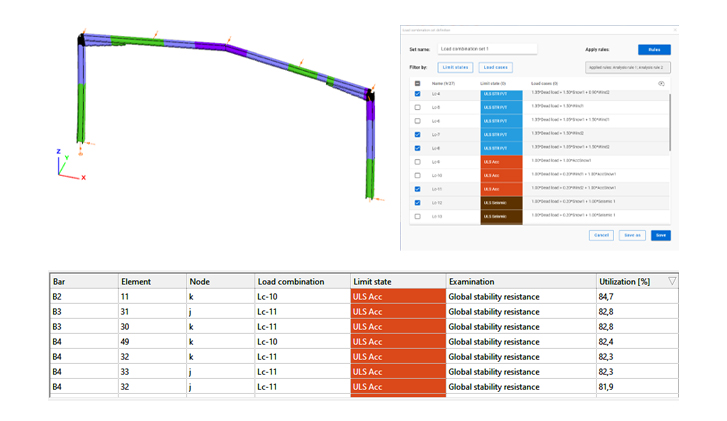
Consteel offers a range of load combination filtering options, which can be applied based on limit states, load cases, and analysis and design results. By applying different series of filters,…
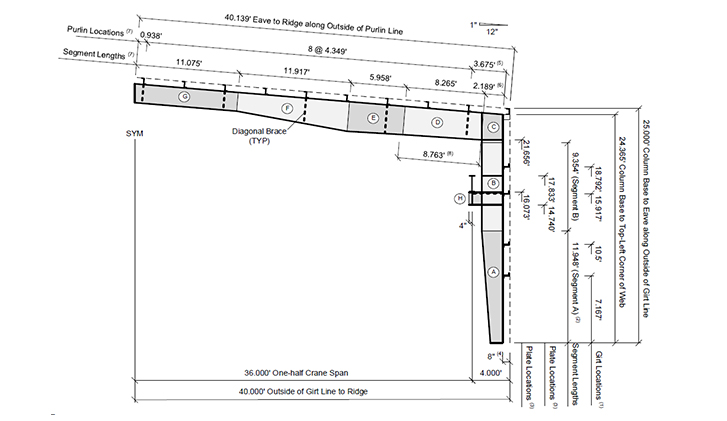
This paper discusses a combination of best practices and procedures from recent work in Europe and the US, providing rational and economical calculations addressing the complexities associated with frame design…
In Consteel 16, we introduced the function of load combination filter. Filtering is possible based on the load combinations’ limit state, load cases, and corresponding analysis and design results. The…
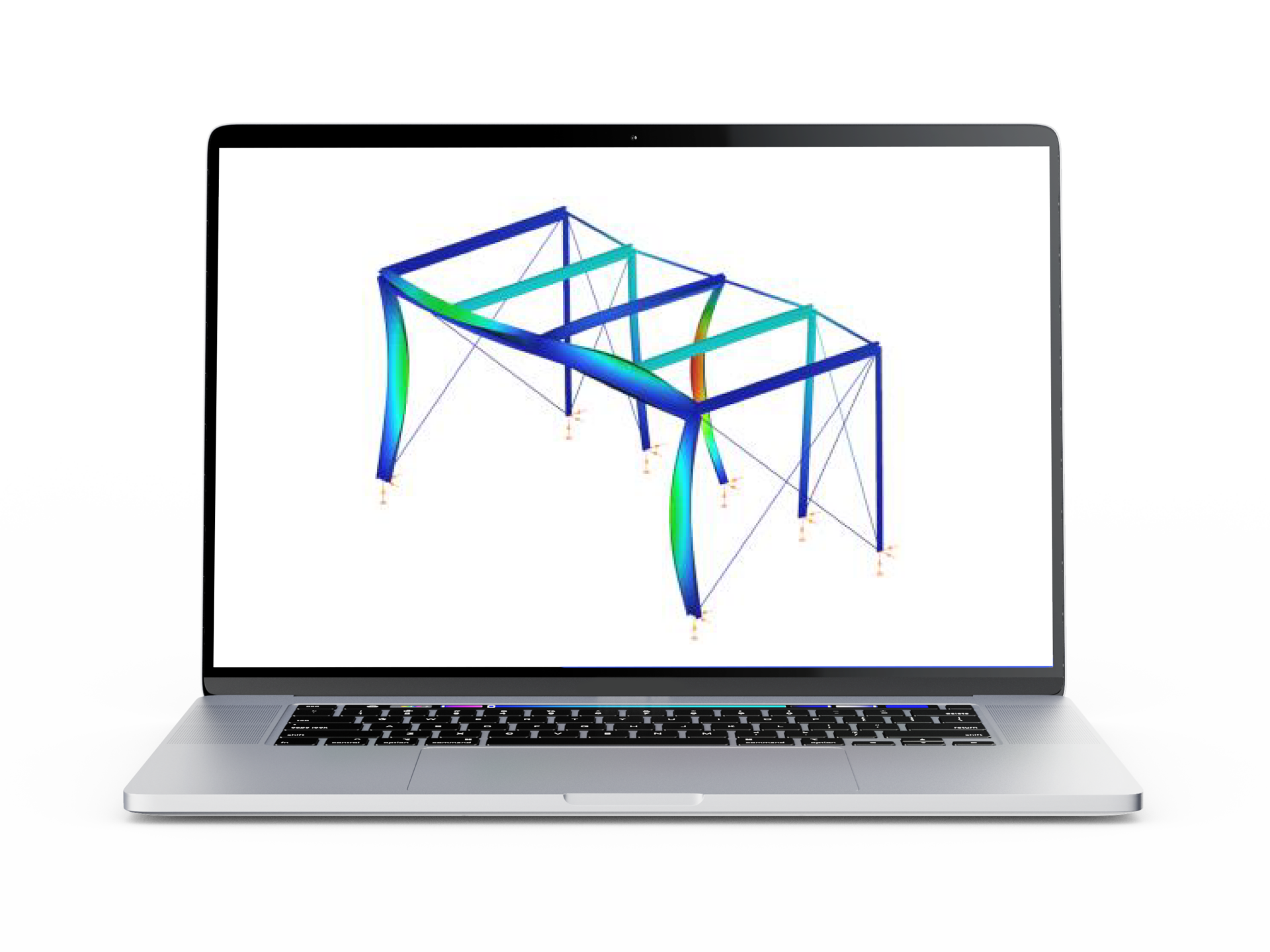
The practical use of the 'General method’ of EN 1993-1-1 6.3.4 for the buckling design of global structural models is still a challenging issue requiring several problems to solve. In…
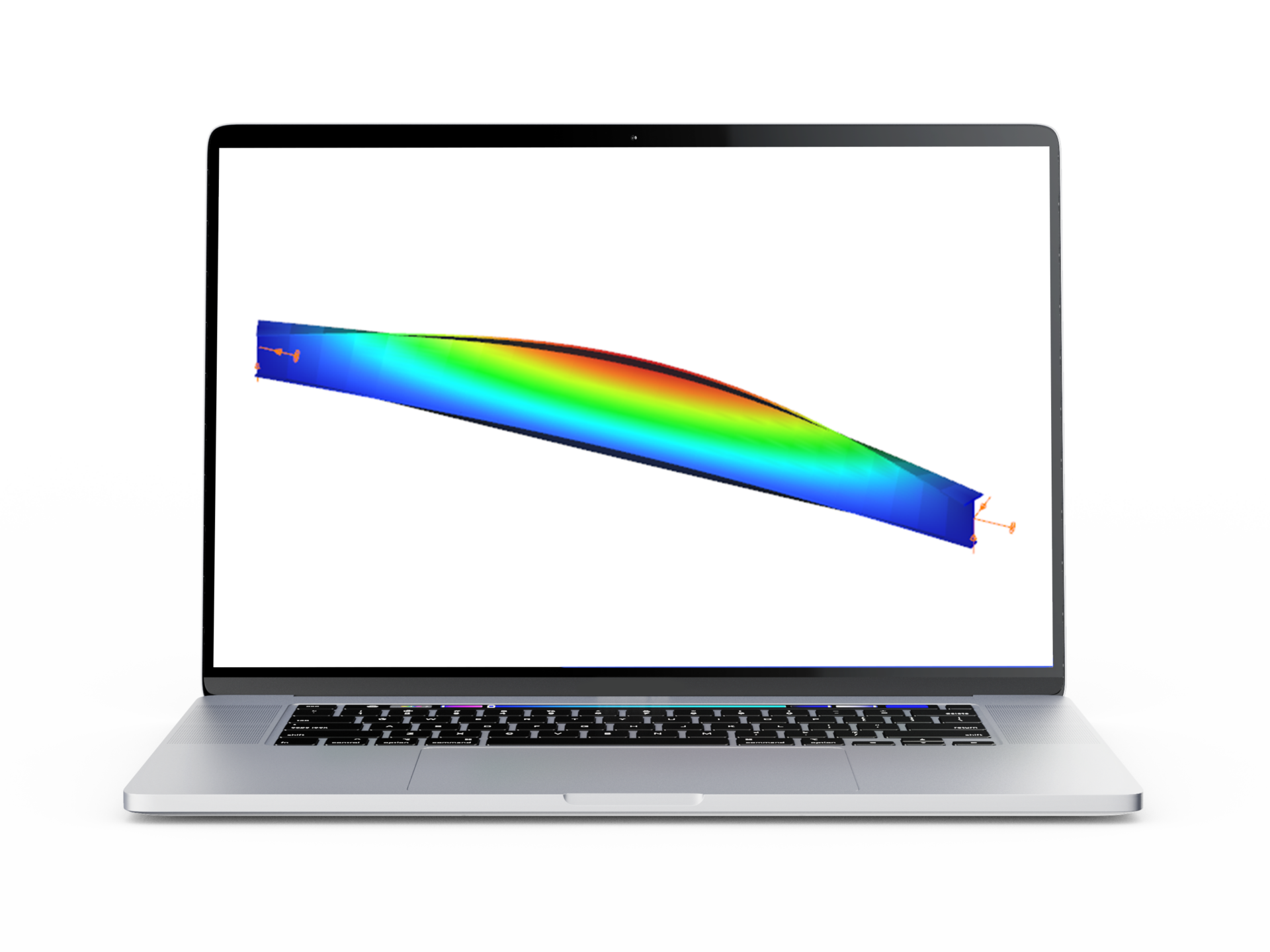
Introduction This verification example studies a simple fork supported beam member with welded section (flanges: 200-12 and 100-12; web: 400-8) subjected to bending about major axis. Constant bending moment due…
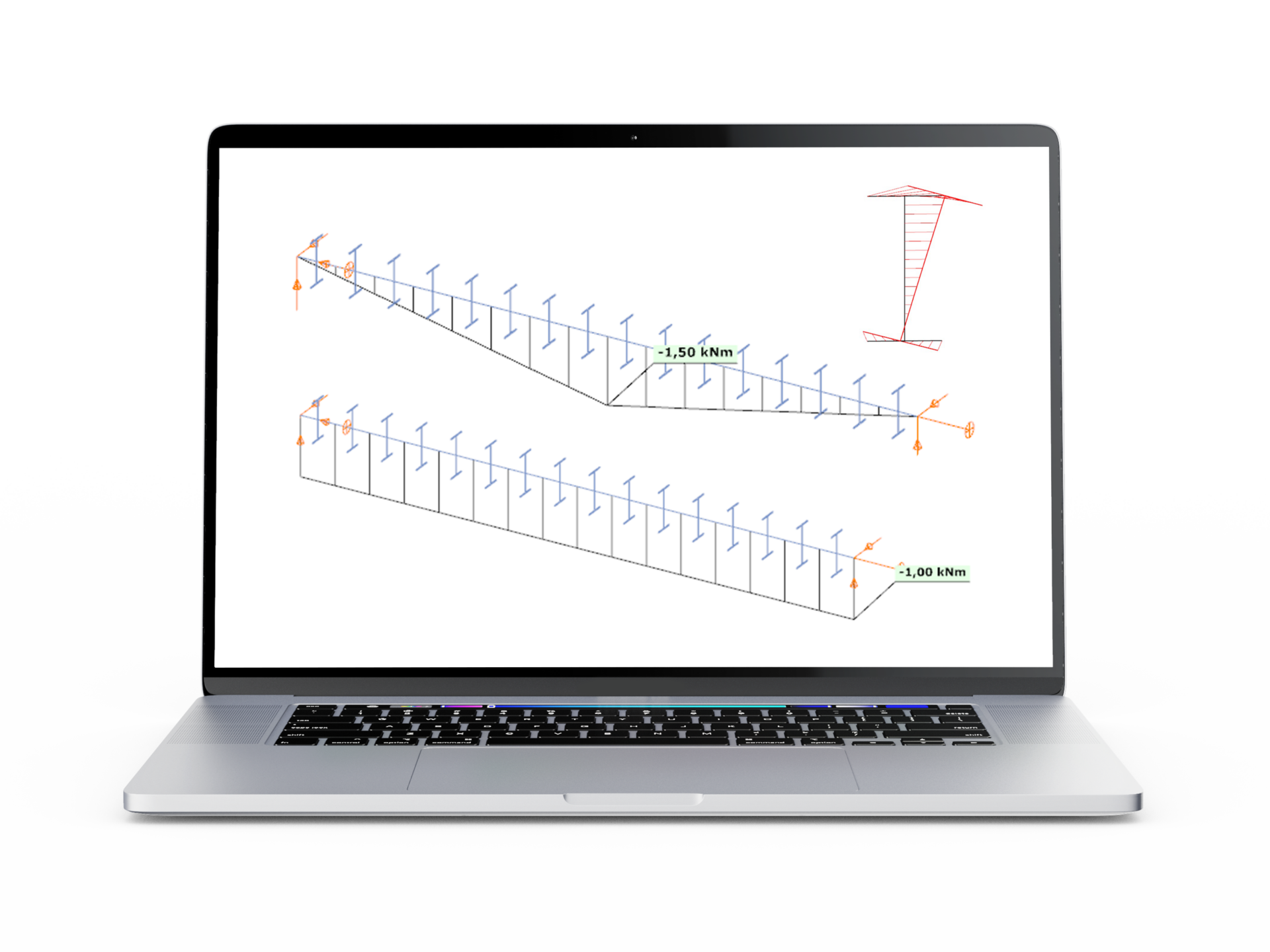
Introduction This verification example studies a simple fork supported beam member with welded section (flanges: 200-12; web: 400-8) subjected to bending about major axis. Constant bending moment due to concentrated…

Introduction This verification example studies a simple fork supported beam member with welded section equivalent to IPE360 (flanges: 170-12,7; web: 347-8) subjected to biaxial bending due to concentrated end moments…

Introduction This verification example studies a simple fork supported beam member with IPE 360 section subjected to axial force and bending about the minor axis due to lateral, distributed force.…
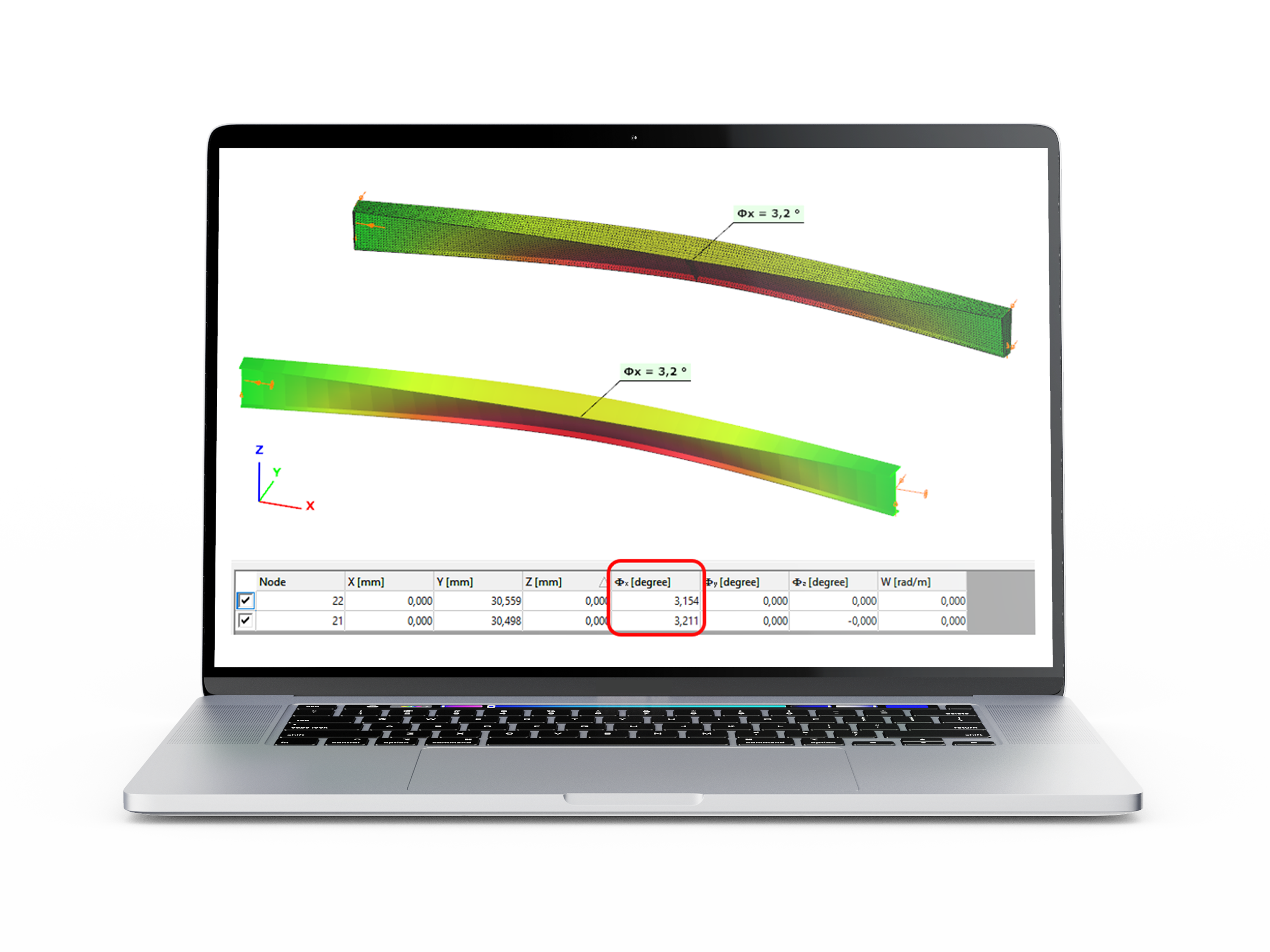
Introduction Our verification examples are created to be able to compare hand calculation results with Consteel anaysis results with using either 7DOF beam or shell finite elements. This example is…
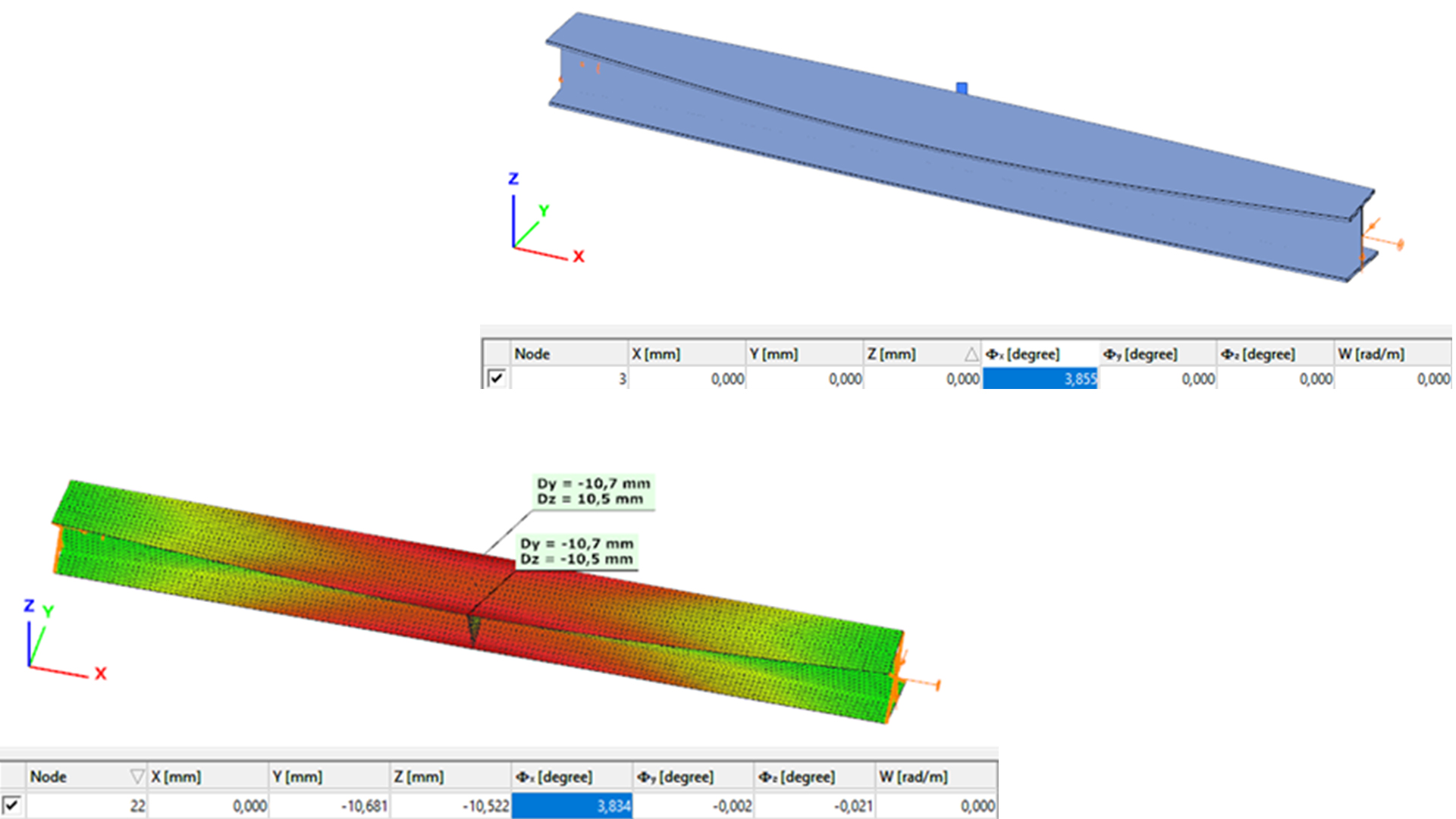
Introduction Our verification examples are created to be able to compare hand calculation results with Consteel anaysis results with using either 7DOF beam or shell finite elements including Superbeam function.…
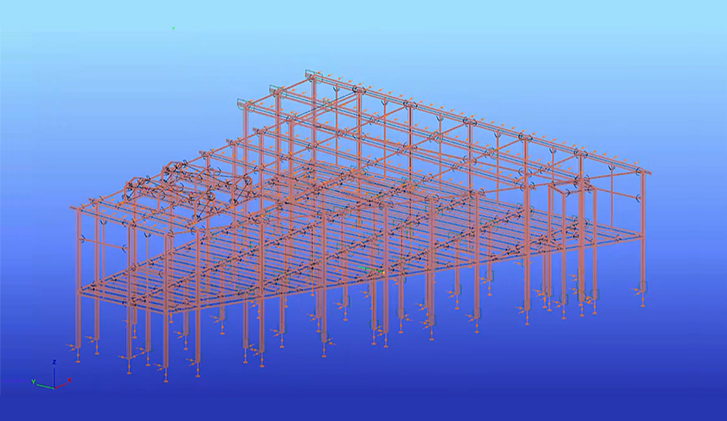
Wprowadzenie W Consteel istnieje możliwość przeprowadzenia sprawdzenia modelu konstrukcji w celu wykrycia błędów modelowania. To sprawdzenie modelu albo diagnostyka może być podzielona na diagnostykę pierwszego i drugiego poziomu.

By uzyskać więcej informacji przeczytaj nasze Tips & tricks Wybieranie orientacji symetrycznego połączenia. Wersja: CS14.1000 Aby pobrać przykładowy model naciśnij poniższy przycisk.
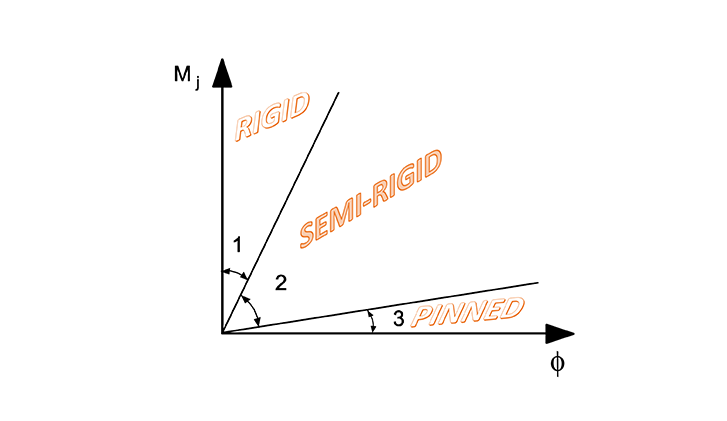
Wprowadzenie Wpływ zachowania się połączeń na dystrybucję sił wewnętrznych i momentów zginających w konstrukcji, i na globalne deformacje konstrukcji, generalnie powinien być uwzględniony, lecz gdy jest on wystarczająco mały może…
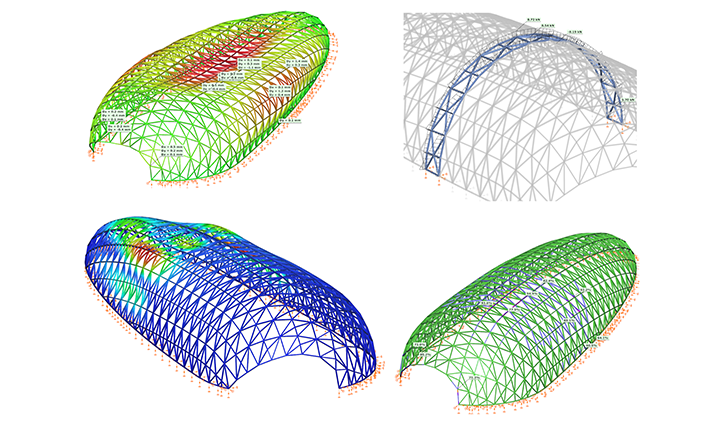
Wprowadzenie W ostatnich latach coraz bardziej popularna staje się architektura o organicznych kształtach. Różnorodność skomplikowanych kształtów geometrycznych wykorzystywana jest do tworzenia fasad budynków, co przyniosło zapotrzebowanie na nowe, innowacyjne narzędzia…

Wprowadzenie IFC jest globalnym formatem wymiany danych w przemyśle budowlanym. Jest on szeroko wykorzystywany do współdzielenia modeli niezależnie od oprogramowania, w którym został stworzony oryginalny model. Oczywiście możliwe jest również…
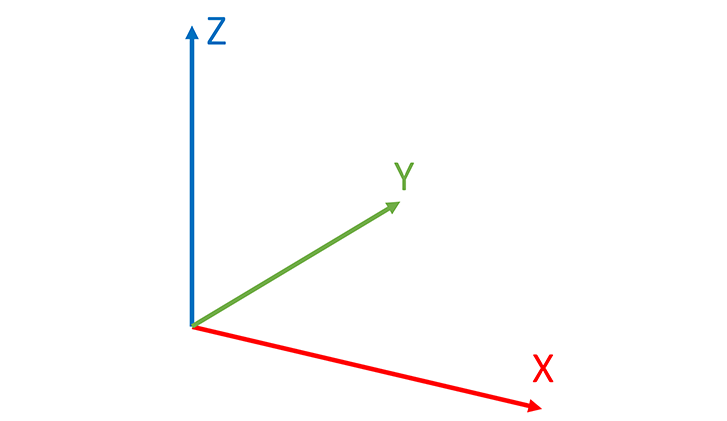
Wprowadzenie Często zdarza się, że zachodzi potrzeba zaimportowania modelu statycznego do Consteel z innego programu do modelowania. Jest to praktyczne i efektywne rozwiązanie upraszające prace. Jednakże, niezwykle istotnym jest aby…
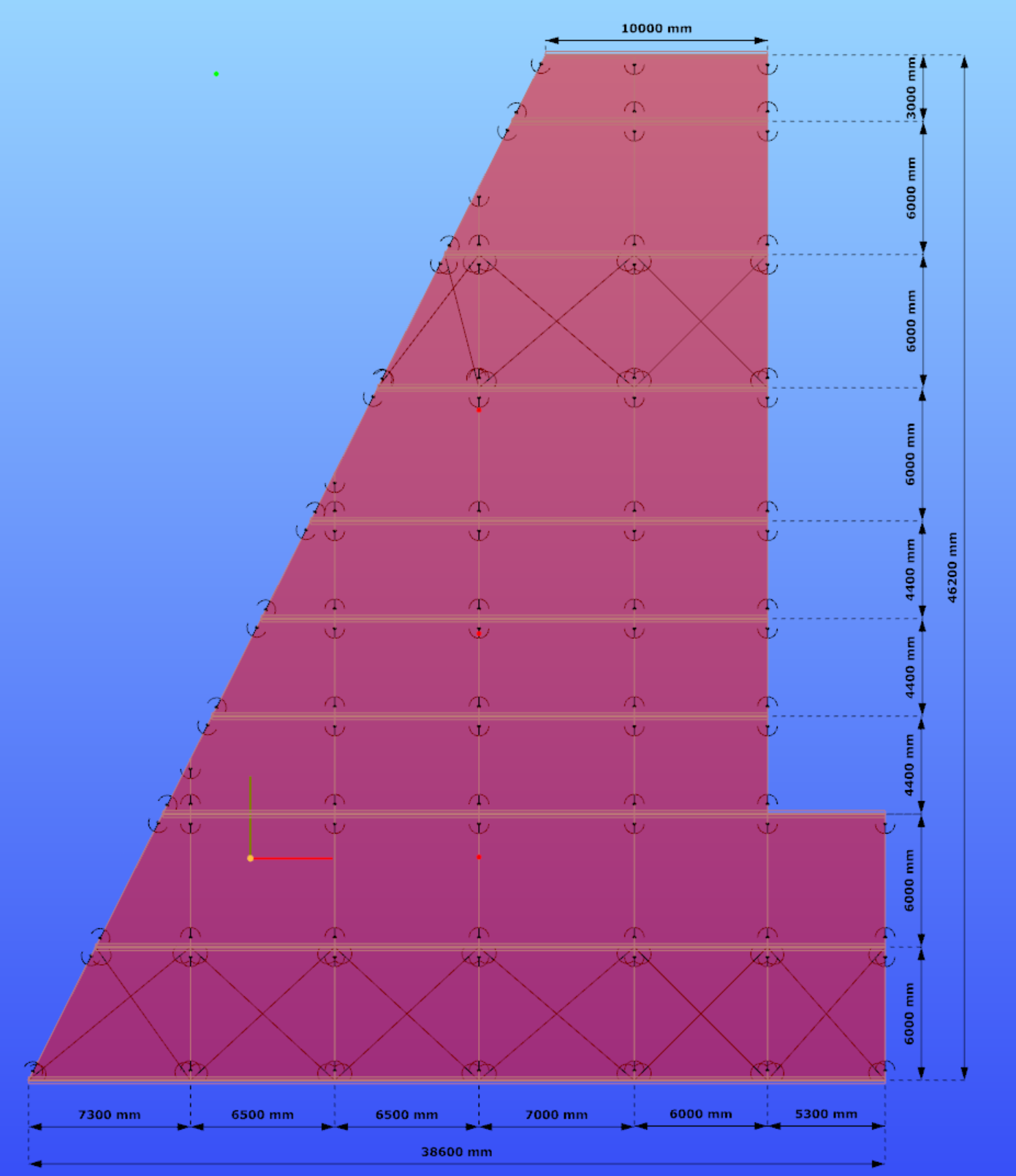
By uzyskać więcej informacji przeczytaj nasze Tips & tricks Powierzchniowe obciążenie wiatrem na dachu o nietypowym kształcie. Wersja: CS14.1000 Aby pobrać przykładowy model naciśnij poniższy przycisk.
By uzyskać więcej informacji przeczytaj nasze Tips & tricks Podatne połączenia w modelowaniu konstrukcji. Wersja: CS14.1000 Aby pobrać przykładowy model naciśnij poniższy przycisk.

By uzyskać więcej informacji przeczytaj nasze Tips & tricks Wprowadzanie wielu podpór punktowych . Wersja: CS15.1000 Aby pobrać przykładowy model naciśnij poniższy przycisk.
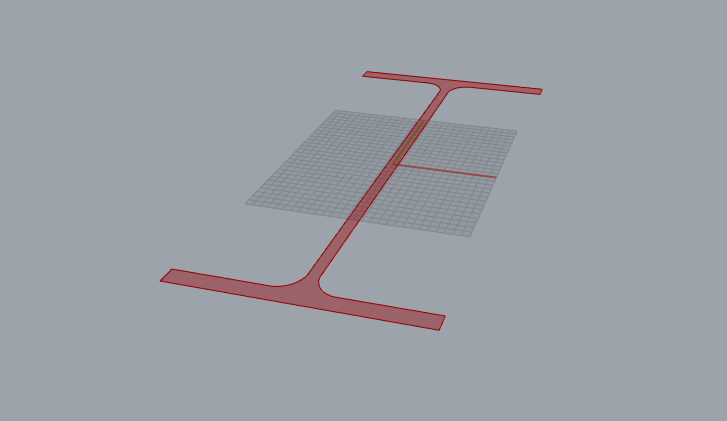
Definiowanie geometrii W Pangolin geometria może być opisywana za pomocą linii, łuków kołowych i wielokątów wykonanych z dwu poprzednich. Odpowiednie komponenty są najprostszymi, działającymi jako konwertery z natywnej geometrii Grasshopper,…
Przedstawiamy Pangolin, nową integrację Consteel z Grasshopper W szybkim podsumowaniu Co to jest? – Pangolin jest wtyczką integrującą modelowanie i analizę konstrukcji, z definicjami parametrycznymi Grasshopper Kiedy? – Pangolin został…

Pangolin nie tylko tworzy modele Consteel, ale również może odczytywać i wykorzystywać istniejące modele Consteel. Temu zagadnieniu przyjrzymy się bliżej w poniższym artykule.

Consteel 14 jest potężnym narzędziem do analizy i wymiarowania dla projektantów konstrukcji. Obejrzyj film, jak rozpocząć pracę z Consteel. Zawartość Wczytywanie przekrojów Tworzenie belek i slupów Wprowadzanie podpór Definiowanie wzmocnień…
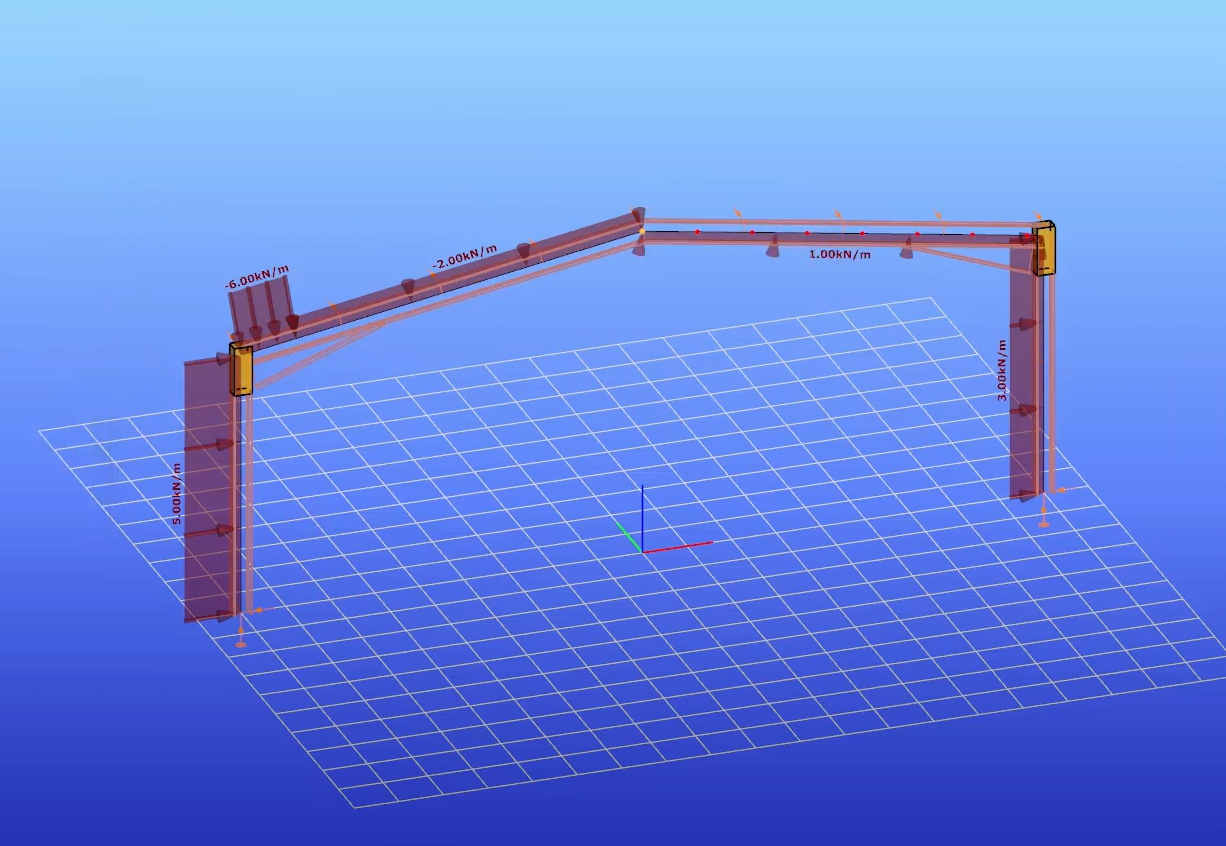
Consteel 14 jest potężnym narzędziem do analizy i wymiarowania dla projektantów konstrukcji. Obejrzyj film, jak rozpocząć pracę z Consteel. Zawartość Definiowanie grup obciążeń i przypadków obciążeń Generowanie kombinacji obciążeń Definiowanie…

Consteel 14 jest potężnym narzędziem do analizy i wymiarowania dla projektantów konstrukcji. Obejrzyj film, jak rozpocząć pracę z Consteel. Zawartość Ustawienie parametrów analizy Przeprowadzenie analizy pierwszego i drugiego rzędu Przeprowadzenia…

Consteel 14 jest potężnym narzędziem do analizy i wymiarowania dla projektantów konstrukcji. Obejrzyj film, jak rozpocząć pracę z Consteel. Zawartość Ustawienie parametrów wymiarowania Przeprowadzenie sprawdzeń przekrojów Sprawdzenie wyników w Administratorze…
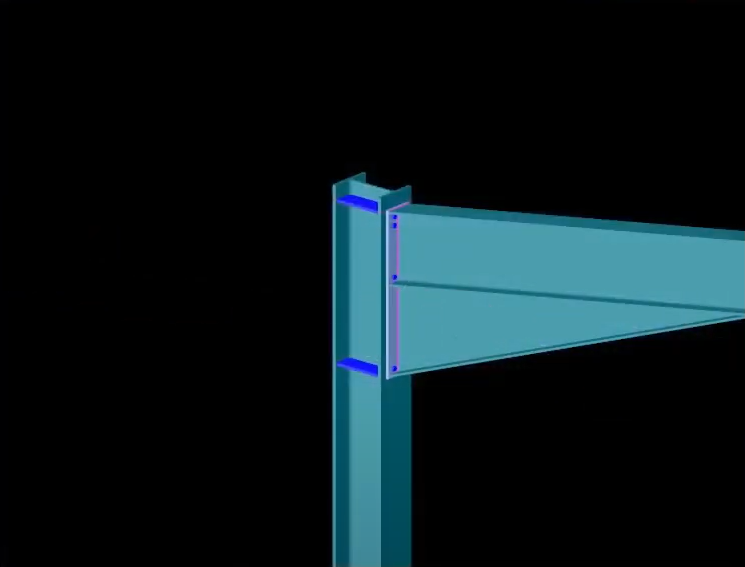
Consteel 14 jest potężnym narzędziem do analizy i wymiarowania dla projektantów konstrukcji. Obejrzyj film, jak rozpocząć pracę z Consteel. Consteel. Zawartość Tworzenie modelu połączenia w oparciu o model globalny Projektowanie…
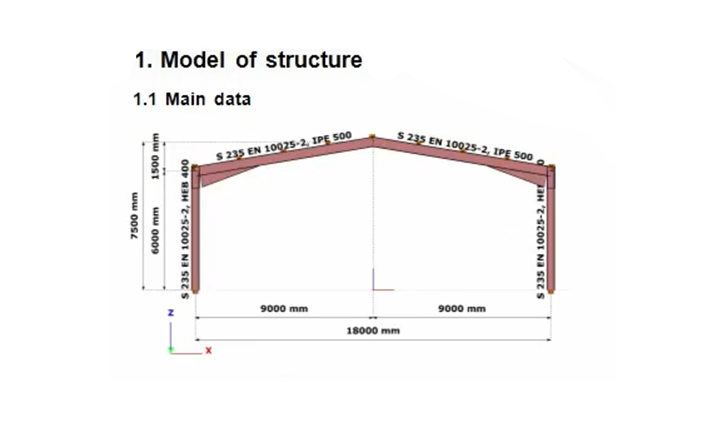
Consteel 14 jest potężnym narzędziem do analizy i wymiarowania dla projektantów konstrukcji. Obejrzyj film, jak rozpocząć pracę z Consteel. Zawartość Tworzenie zrzutów ekranu Zapisywanie tabel i dokumentacji Tworzenie dokumentacji wymiarowania…
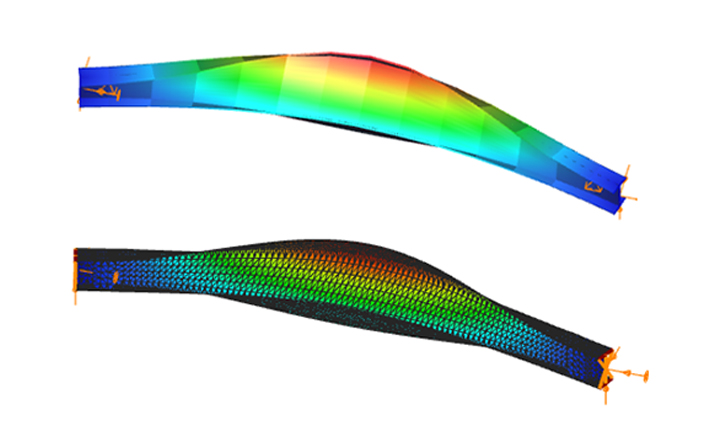
Wprowadzenie W trakcie użytkowania konstrukcji stalowej często dochodzi do zmian. Zmiany te zazwyczaj polegają na zwiększeniu obciążeń działających na niektóre elementy, co prowadzi do konieczności ich wzmocnienia. Wzmocnienie zazwyczaj odbywa…
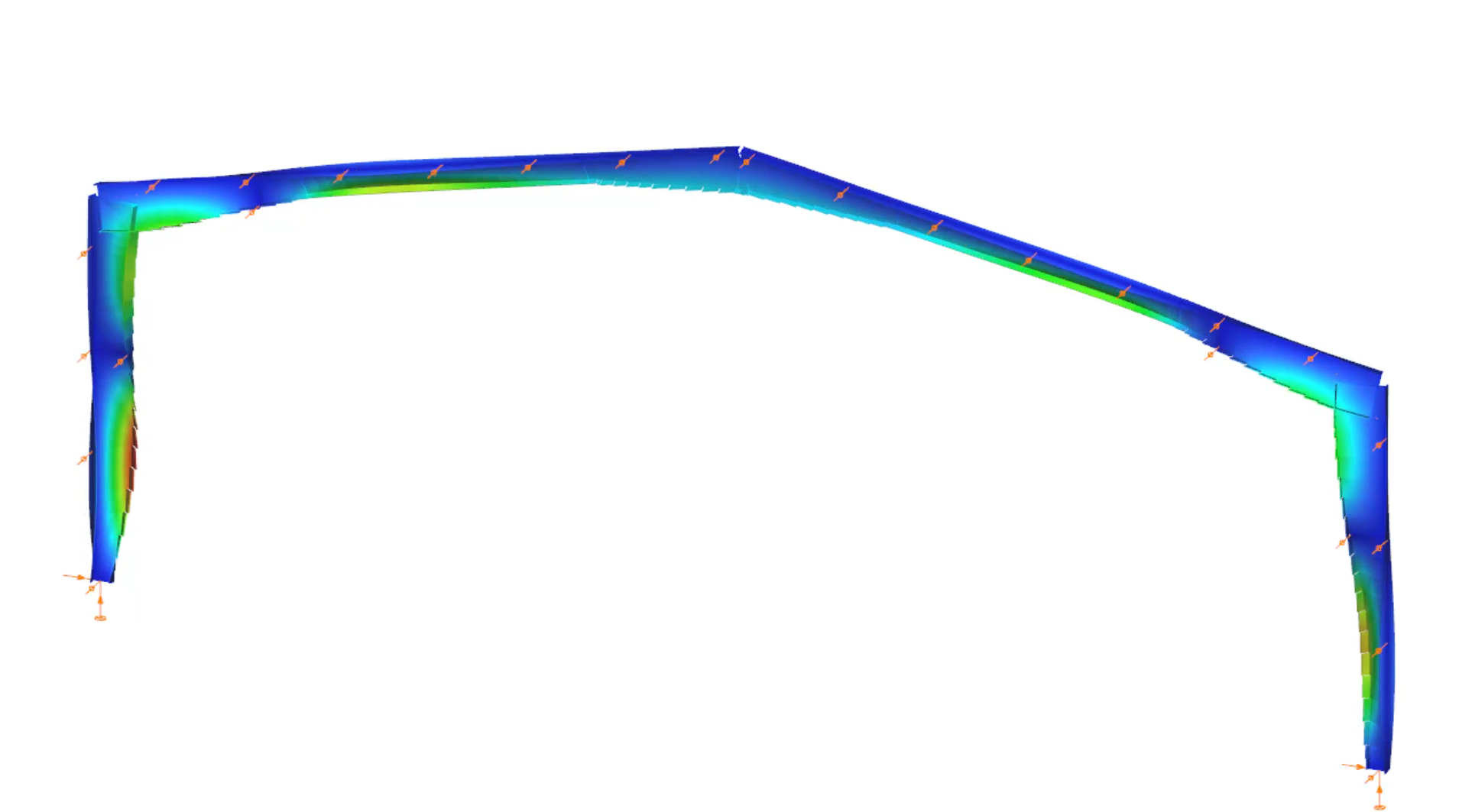
Wprowadzenie W przypadku efektywnego projektowania bardzo ważnym jest posiadanie przejrzystego wglądu w model konstrukcji, dlatego istotna jest wizualizacji wyników analizy. Od Consteel 15 wykorzystujemy zaawansowane metody dla przedstawiania deformacji, co…
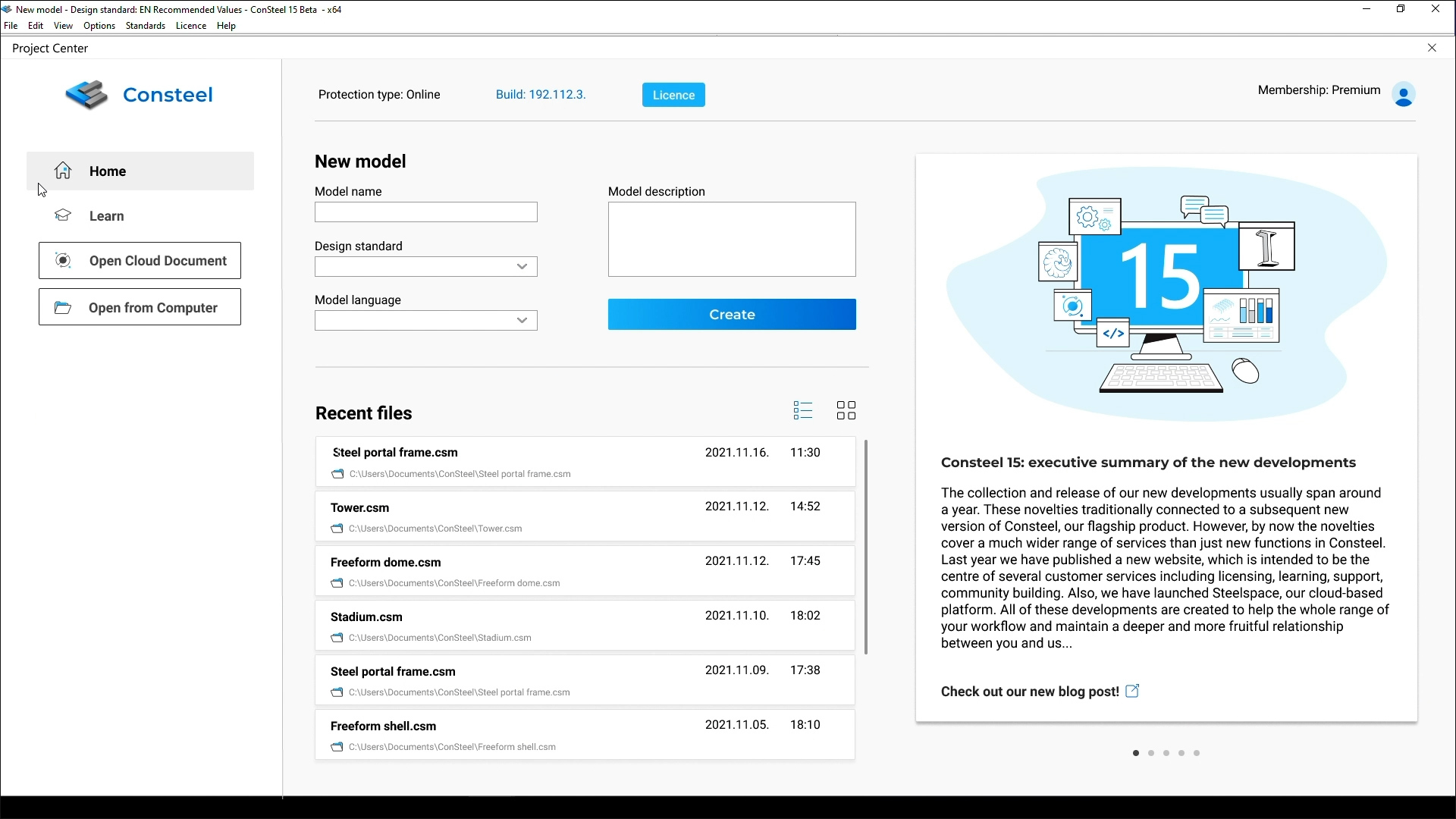
Od teraz Centrum Projektu łączy wszystkie funkcjonalności modelu i zarządzania kontem, uzupełnione poprzez łatwy dostęp do personalizowanych informacji i materiałów edukacyjnych.
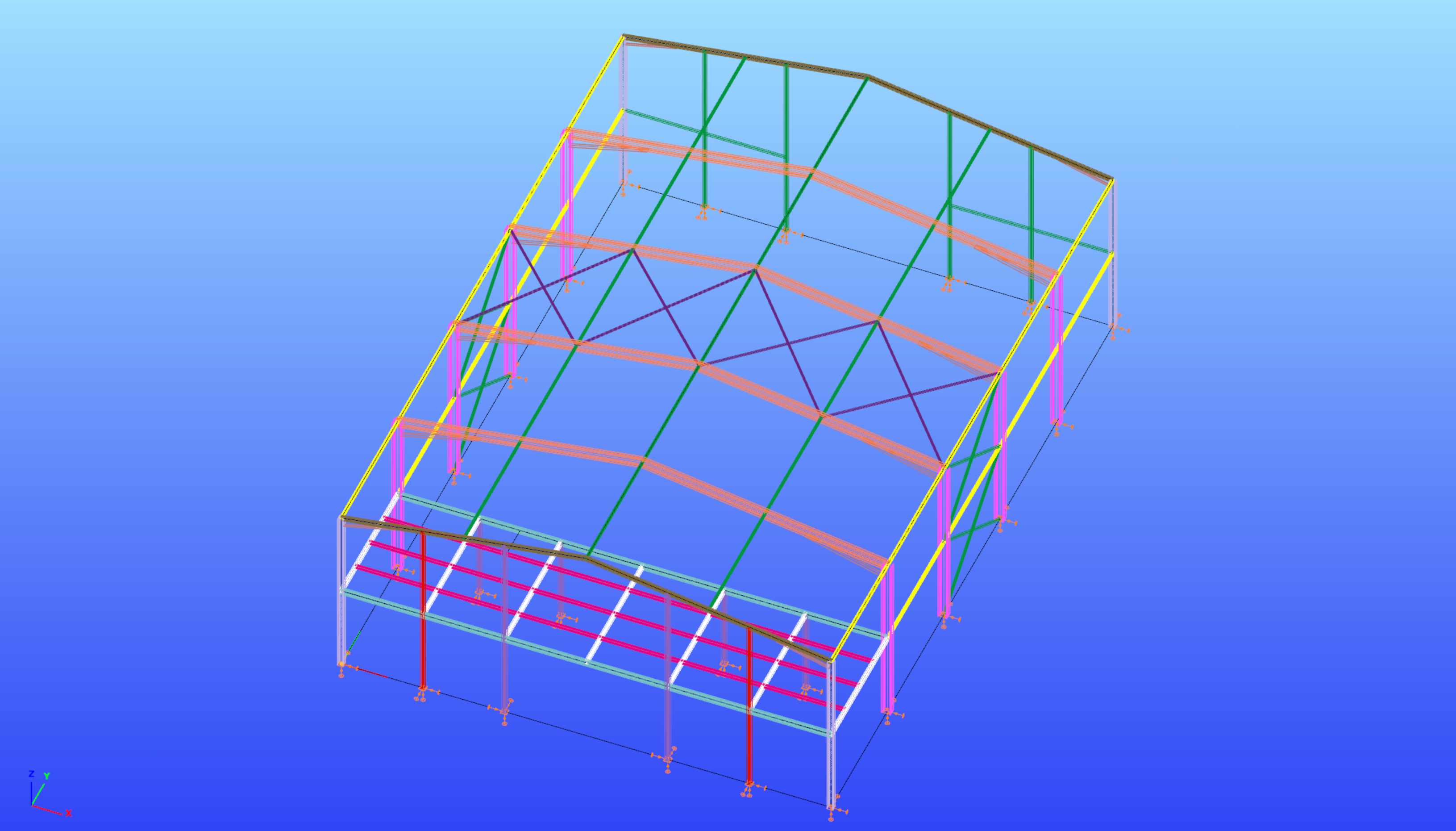
Wprowadzenie Dla efektywnej pracy inżyniera projektanta istotne jest posiadanie czytelnego modelu. Aby to osiągnąć, w Consteel znajdują się funkcje takie jak warstwy, części modelu, ale także Kolorowanie elementów wg przekrojów.…
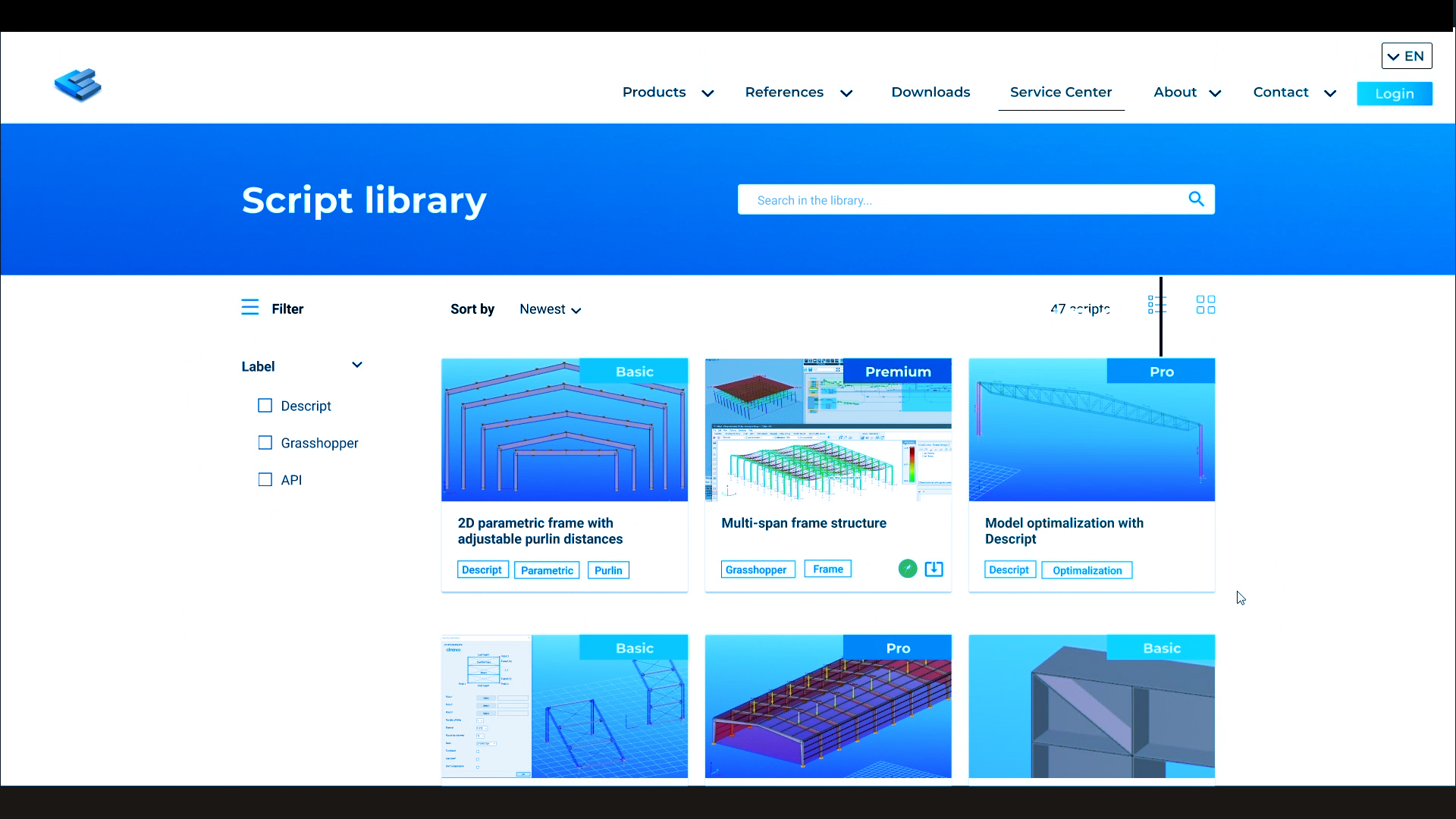
Skrypty są potężnym narzędziem usprawniającym przepływ pracy. Aby zaspokoić różne potrzeby i przyspieszyć pracę stworzyliśmy podręczną bibliotekę z przykładami skryptów Descript, Grasshopper i rozwiązań opartych na Consteel API.
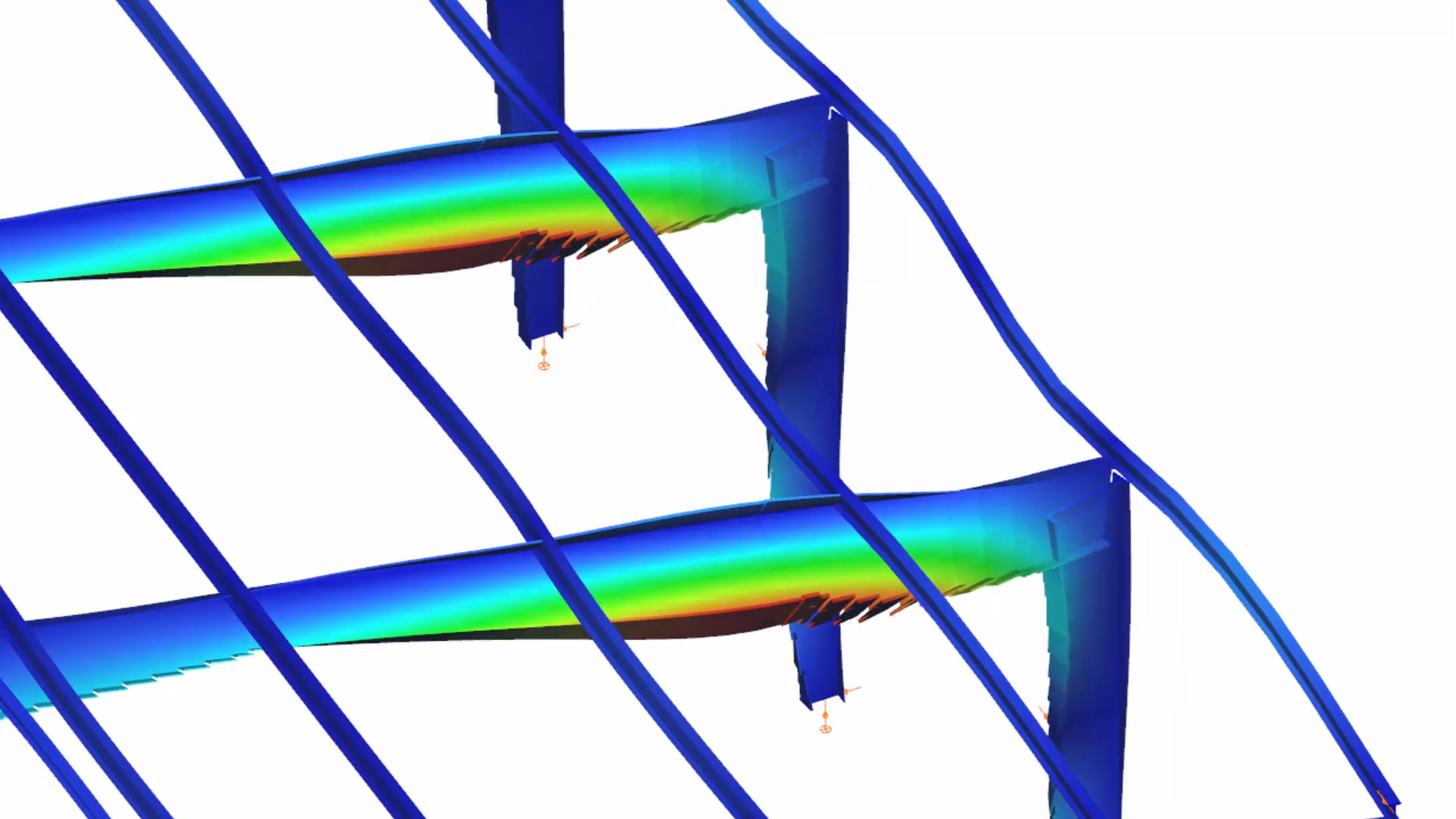
Oprogramowanie do inżynierii lądowej na ogół używa tradycyjną reprezentację deformacji pręta, gdzie przekrój pokazany jest na linii referencyjnej. W Consteel 15 wykorzystujemy zaawansowaną metodę reprezentacji przemieszczeń, która sprawia, że jest…
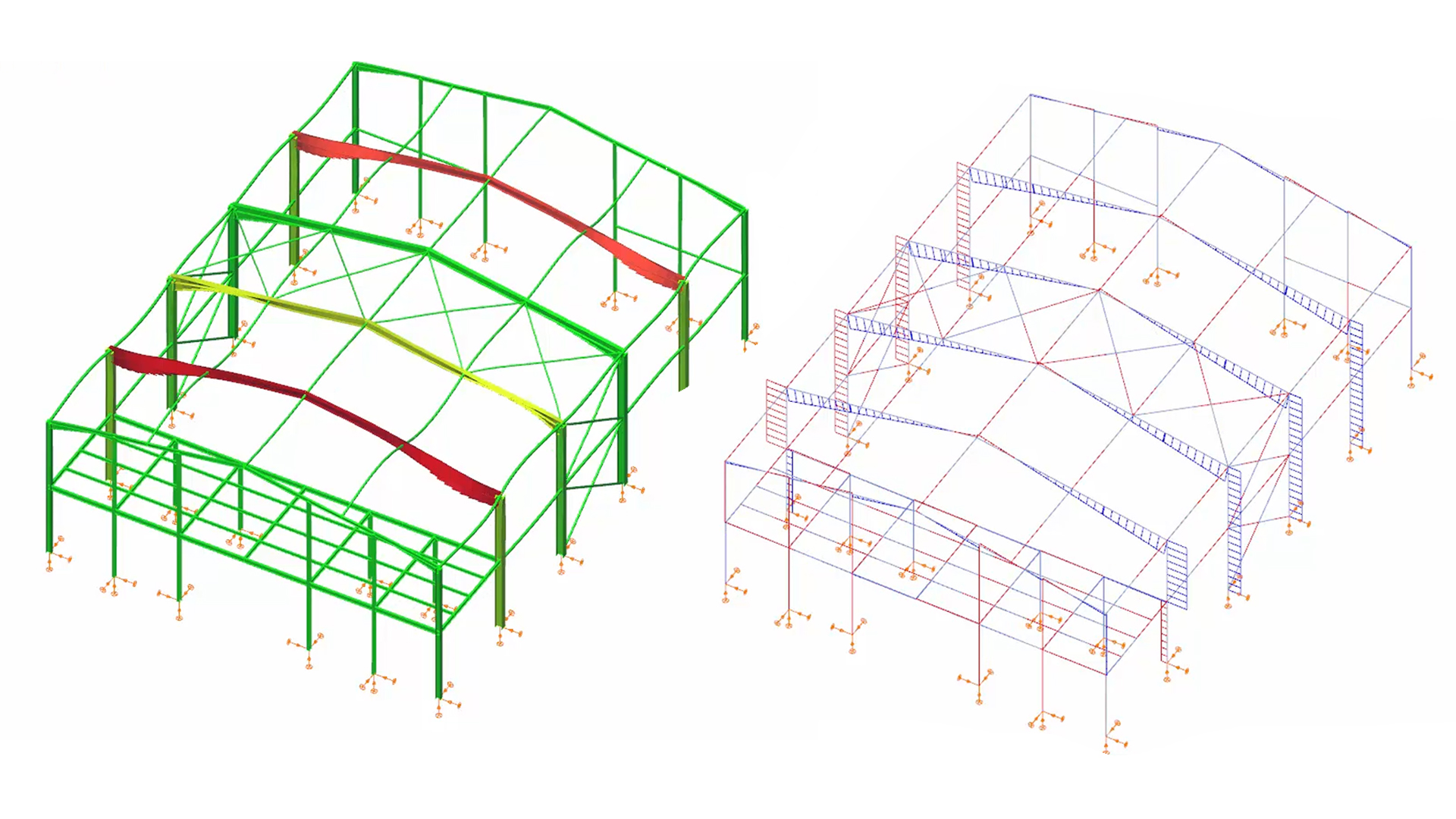
Doskonałe zrozumienie konstrukcji dzięki zaawansowanym wynikom analizy wrażliwości na wyboczenie zilustrowanym na odpowiednich postaciach wyboczenia i kolorowanych wykresach sił wewnętrznych.
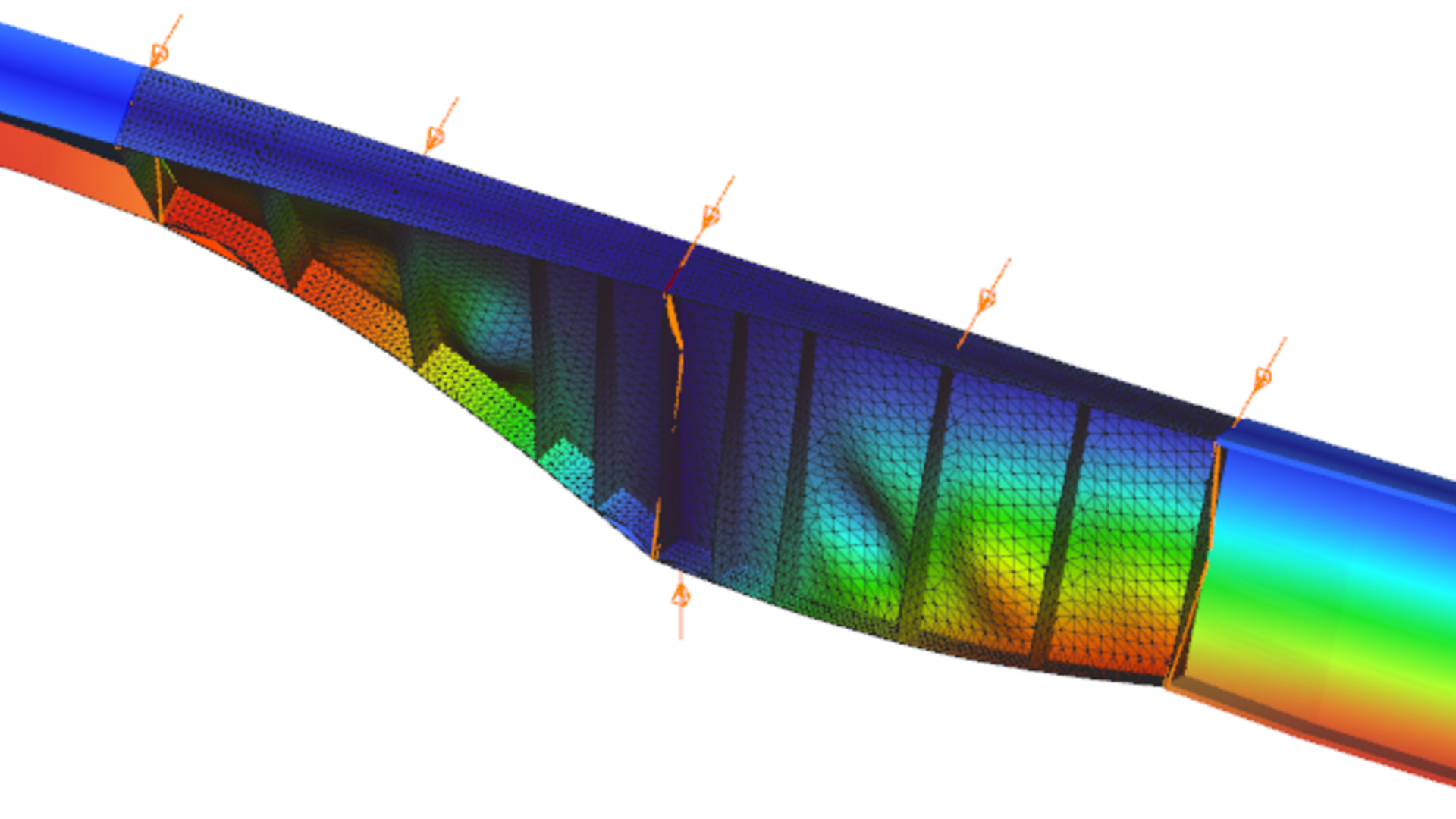
Dzięki funkcji Superbeam, modelowanie żeber jest łatwe i efektywne. Dostępnych jest wiele opcji i różnych przekrojów. Możliwa jest analiza zarówno przy użyciu elementów prętowych jak i powłok.
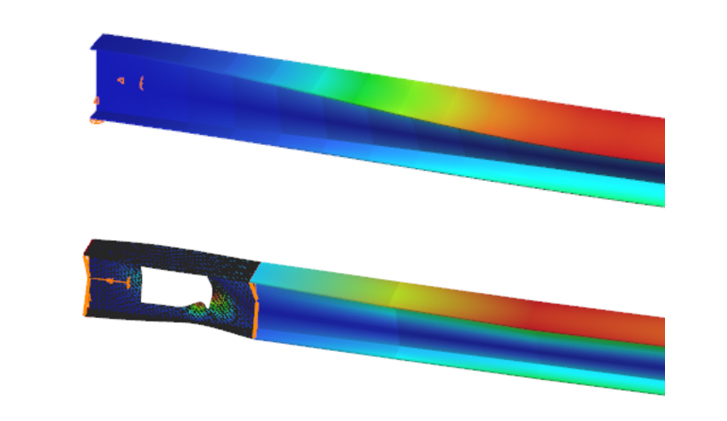
Introduction Czy zastanawiali się Państwo, jaki wpływ mają otwory w środniku na nośność związaną ze zwichrzeniem belki? Można to precyzyjnie sprawdzić analizą z użyciem elementu Consteel Superbeam Bardzo często wymagane…
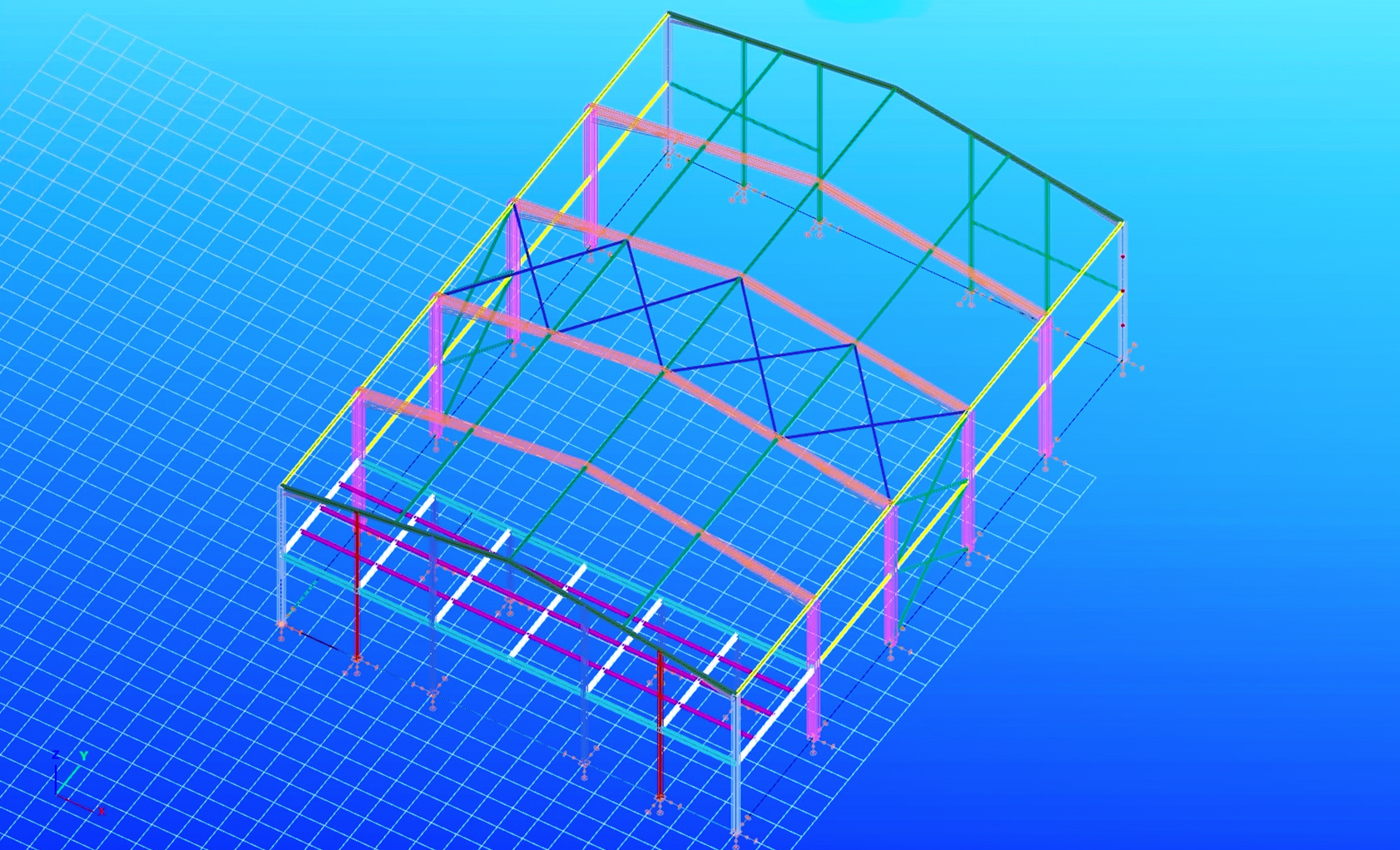
Dobra wizualizacja modelu i wyników prowadzi do lepszego zrozumienia i poprawnej interpretacji dowolnego modelu danych w porównaniu z tekstami lub tabelami. Z pomocą funkcji Kolorowania według przekrojów, będą Państwo mogli się…

Wprowadzenie Belki ze spawanych przekrojów dwuteowych są często wykonywane ze smukłymi środnikami. Wynika to z wiedzy, że głównym elementem wpływającym na sztywność belki przy zginaniu są pasy. Zasadniczym zadaniem blachy…
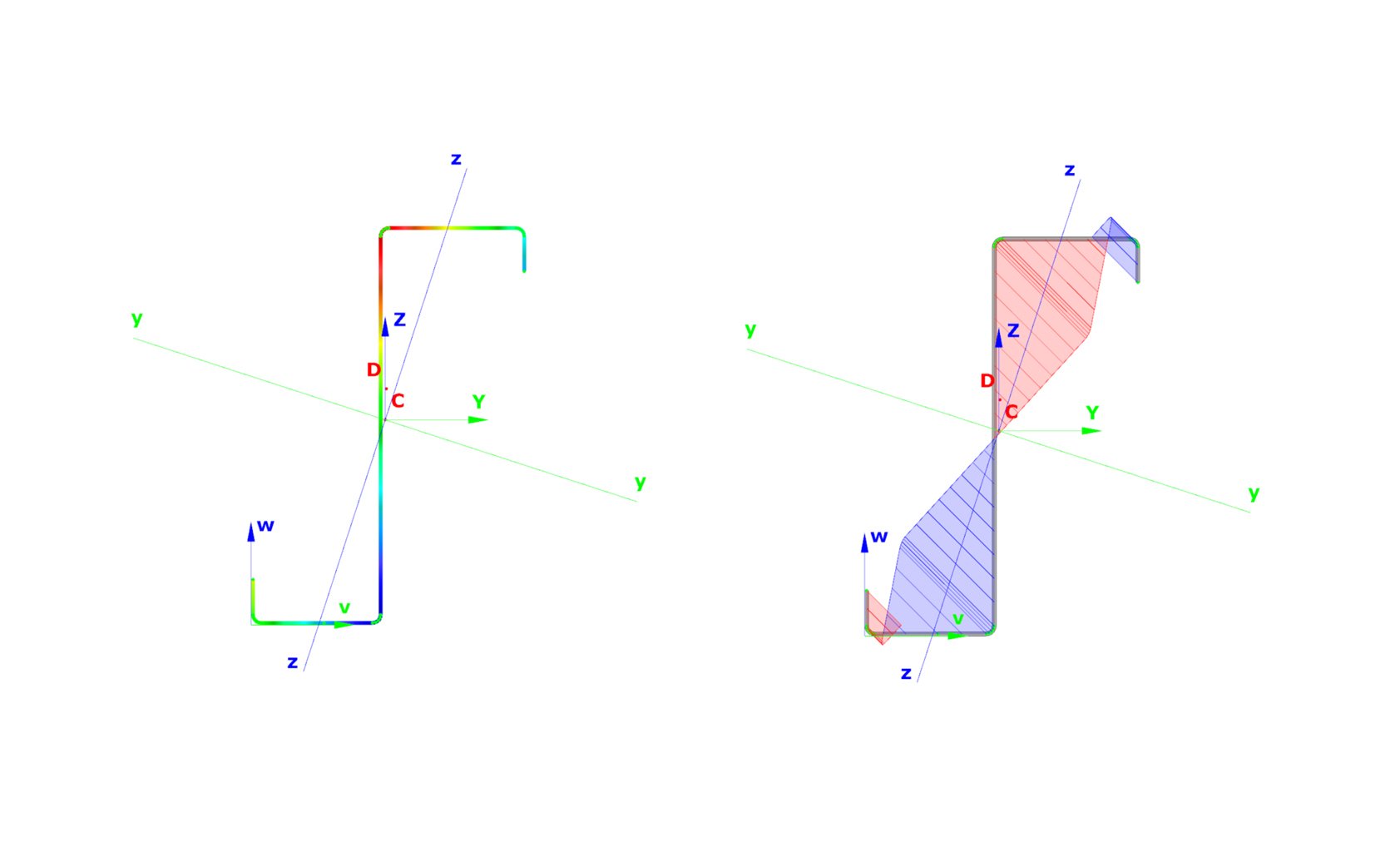
Czy kiedykolwiek próbowali Państwo wizualizować rozkład naprężeń w przekroju na podstawie ich kolorowej reprezentacji? Aby to ułatwić, wprowadzamy Wykresy naprężeń. Poniższy film wyjaśnia jak korzystać z tej funkcji.
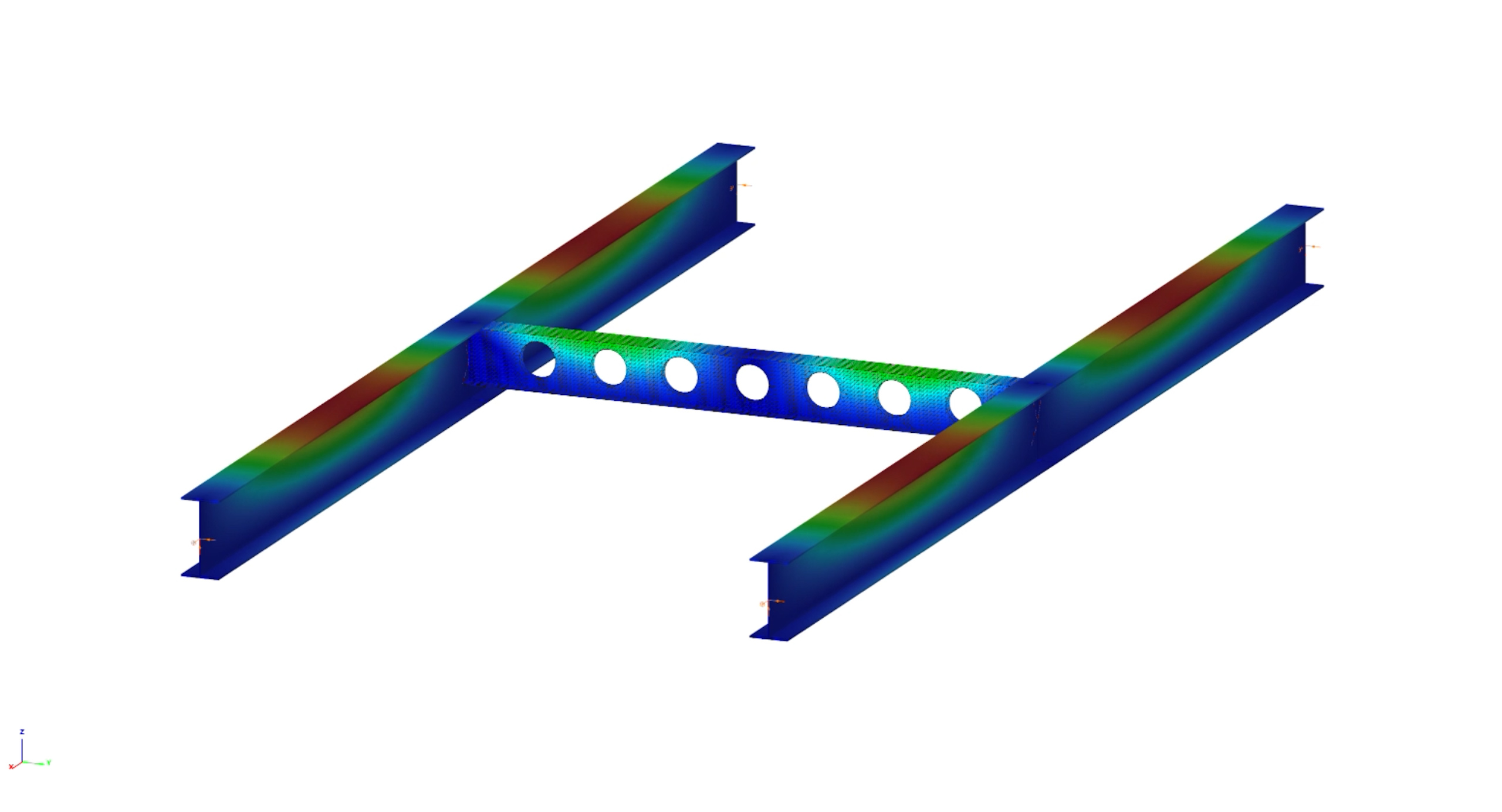
Definiowanie wycięć jest przydatną dodatkową funkcją w ramach funkcjonalności Superbeam. Są one łatwo modyfikowalne, dostępne w różnych kształty oraz z opcją jednoczesnego wprowadzania wielu otworów. Obejrzyj przegląd funkcji, aby uzyskać…
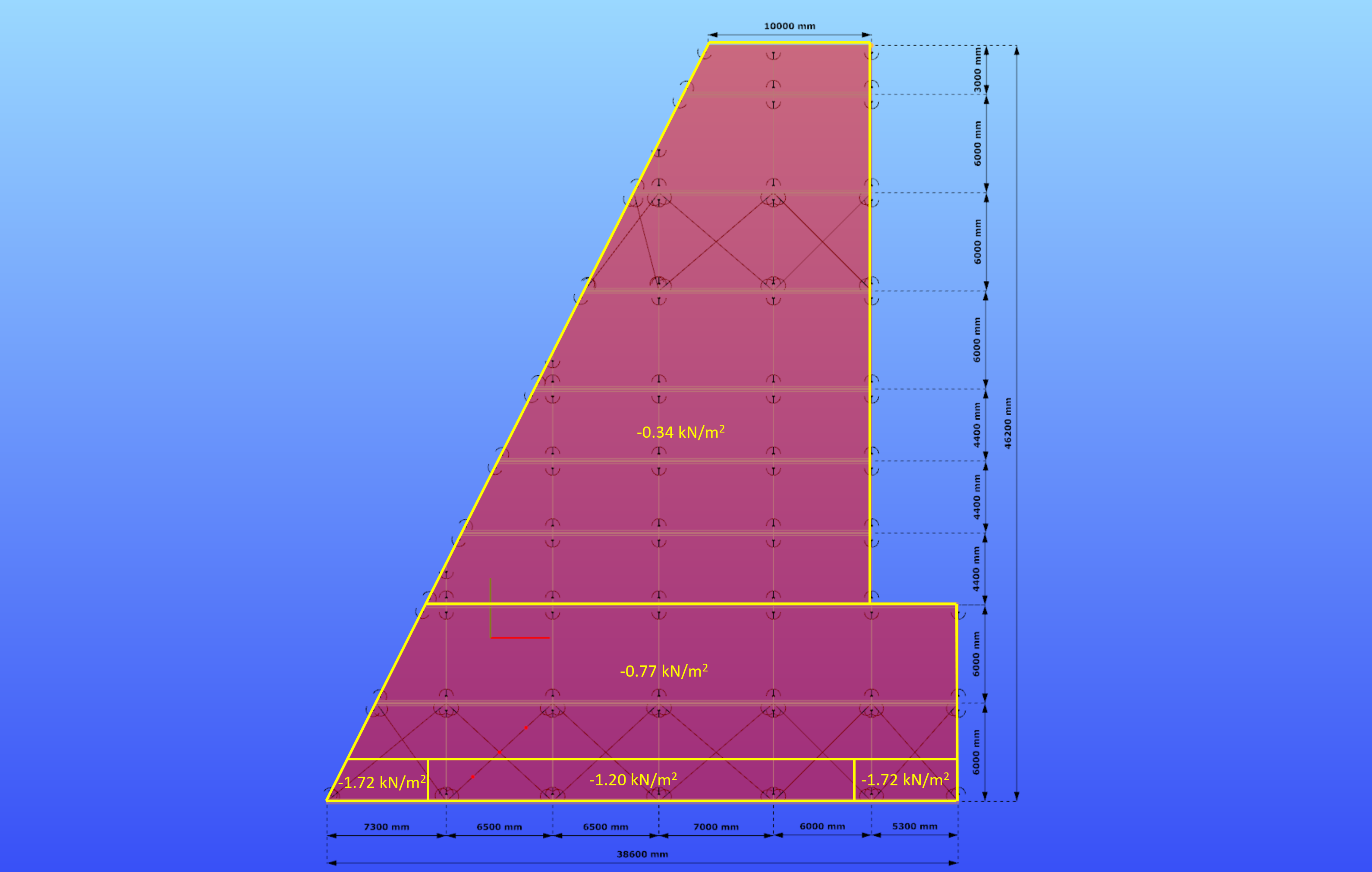
Wprowadzenie W jaki sposób umieścić obciążenie powierzchniowe wiatrem, gdy mamy dach płaski o niestandardowym kształcie zamiast standardowego, jaki możemy spotkać w Eurokodzie?
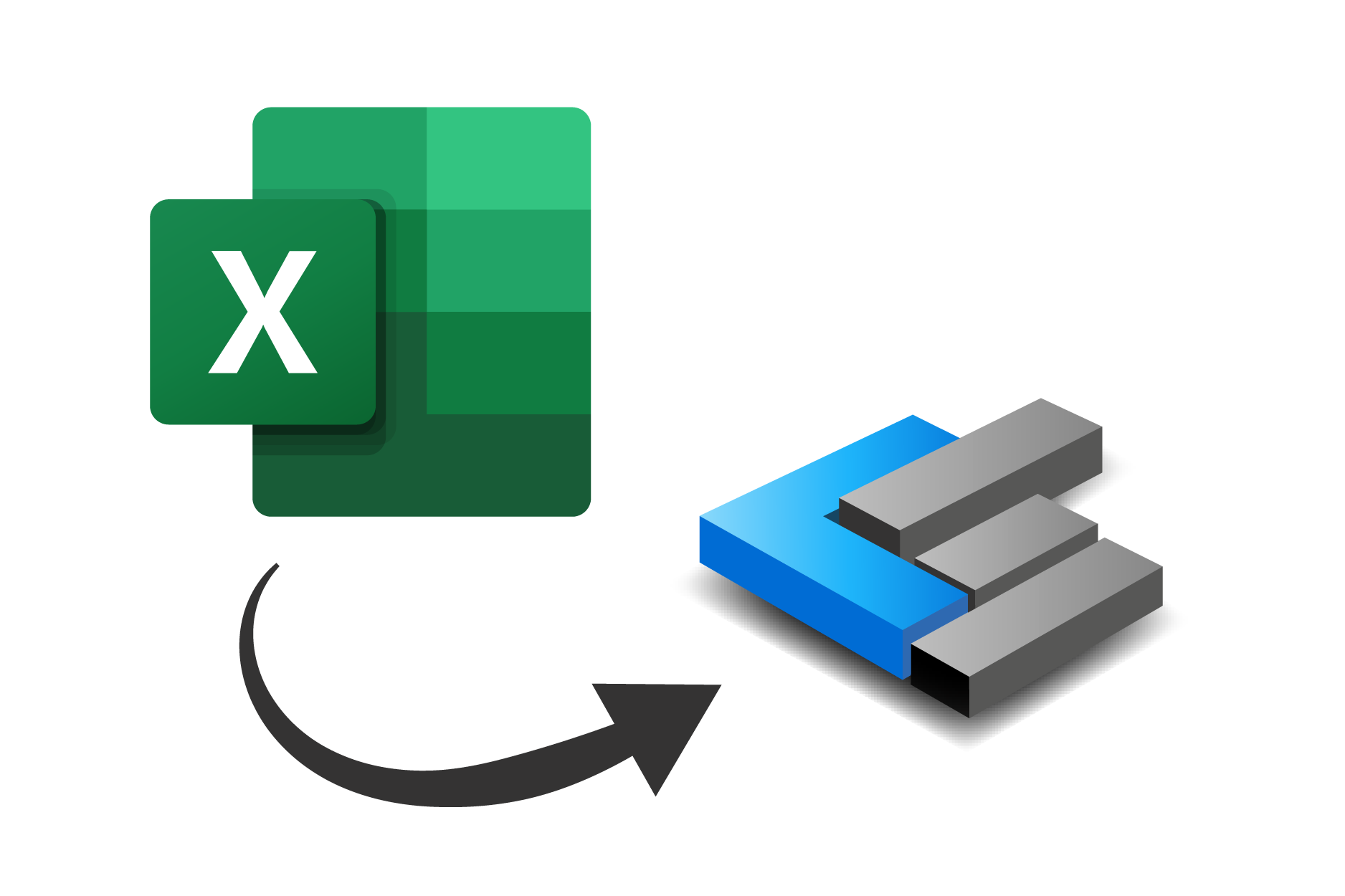
Problem Pomimo, że dla celów automatycznego tworzenia kombinacji wszystkie wzory EN wg których generowane są kombinacje obciążeń są zaimplementowane w Consteel, to mogą one nie pokrywać wszystkich niezbędnych przypadków kombinacji…
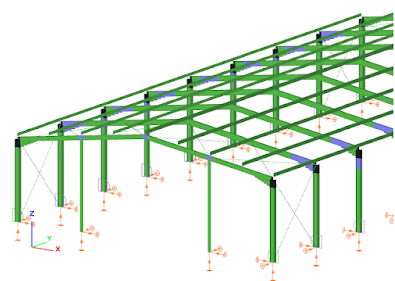
Wprowadzenie W przypadku modelu z wieloma przypadkami obciążeń (wiatr w różnych kierunkach, z i bez ciśnienia wewnętrznego, śnieg, obciążenie sejsmiczne itp.), wg EC możliwe jest wygenerowanie setek kombinacji obciążeń, jednak…

Analiza stateczności i wymiarowanie z jej uwzględnieniem zawsze odgrywały kluczową rolę w procesie weryfikacji konstrukcji stalowych. Możliwe metody analizy i procedury projektowe mają długą historię, a bogata literatura dostarcza inżynierom…
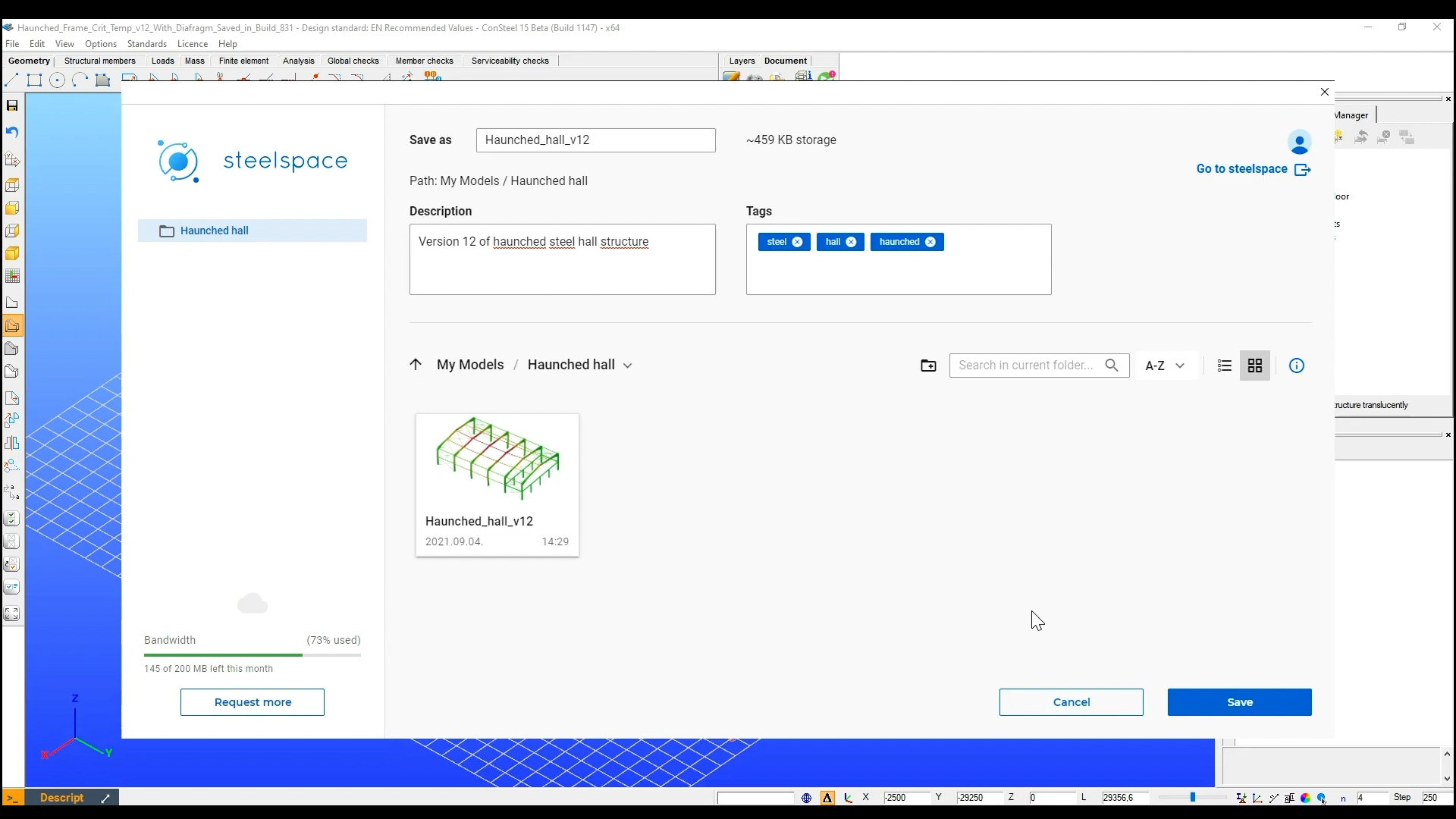
Rozwiązania w chmurze mogą otworzyć nowy wymiar w wielu usługach. Dlatego dajemy Państwu możliwość przeniesienia się poza swój komputer. Jako pierwszy krok ułatwiamy szybki zapis, przeglądanie, dostęp i otwieranie bezpośrednio…
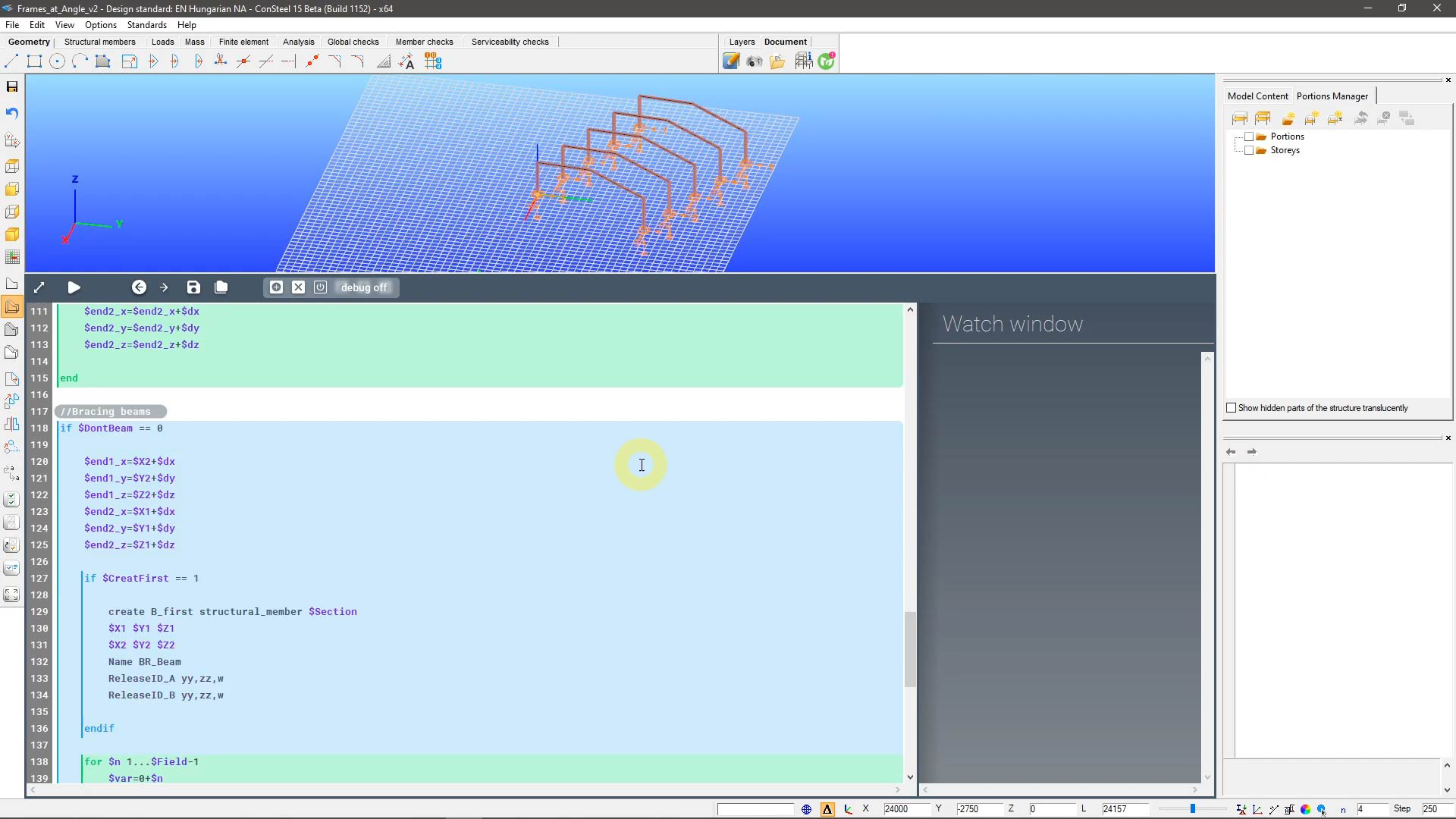
Skryptowanie jest potężnym narzędziem, pozwalającym tworzyć, mieć dostęp i elastycznie manipulować obiektami modelu oraz wykonywać operacje i obliczenia na nich. Wiemy, że nie nie zawsze jest to łatwe czy znane…
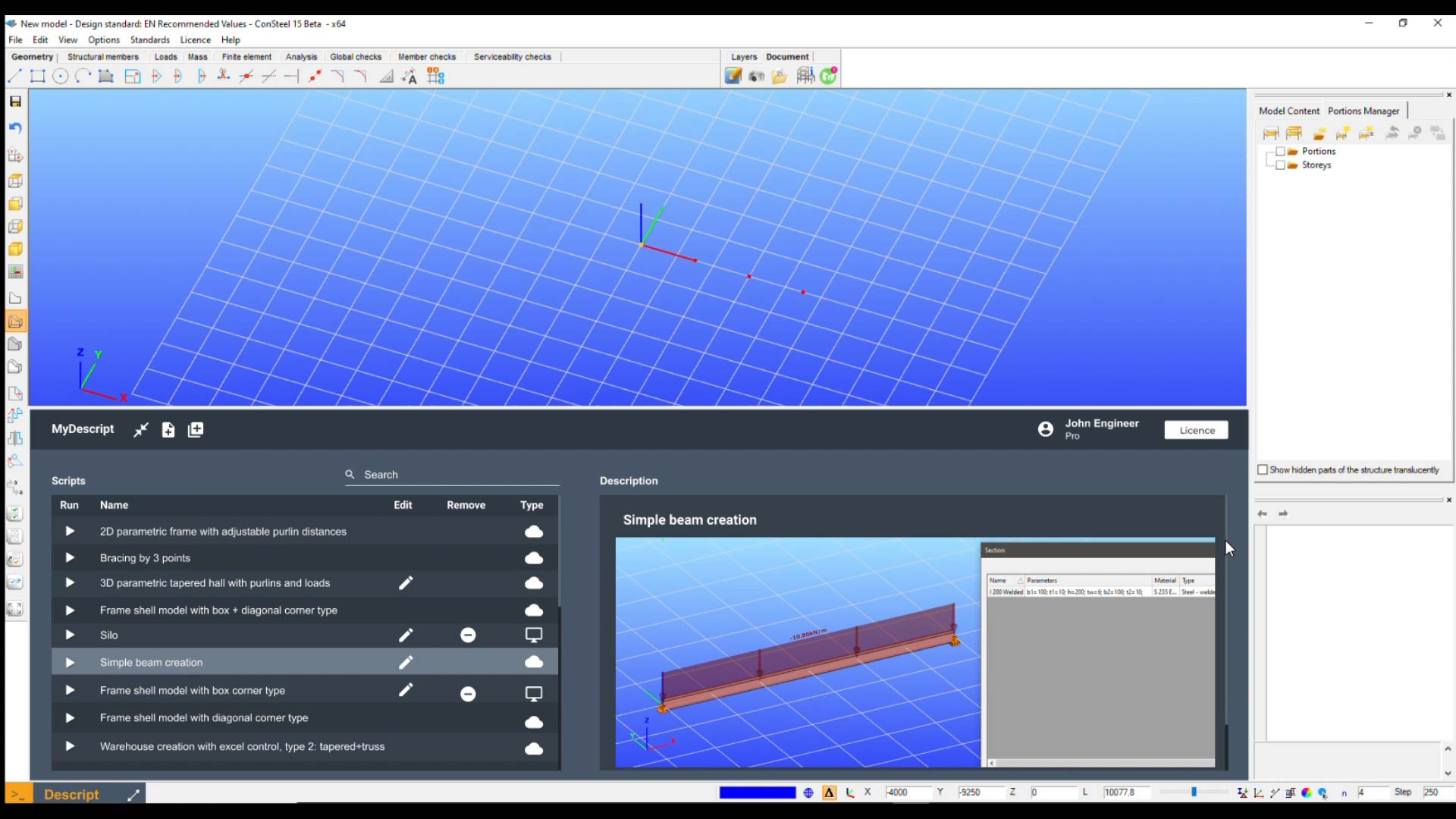
Skryptowanie jest potężnym narzędziem w Państwa rękach, służącym do tworzenia, uzyskiwania dostępu i elastycznym manipulowaniu obiektami modelu oraz obliczeniami wykonywanymi na nich. Gorąco polecamy zapoznać się z funkcjonalnością MyDescript, Państwa…
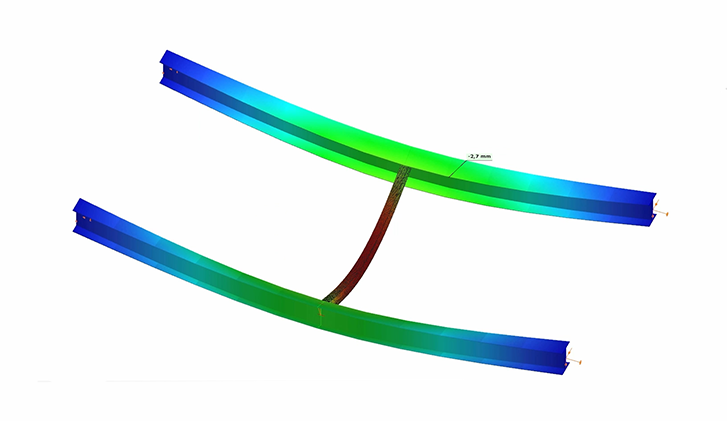
Superbeam jest nową funkcjonalnością wprowadzaną w Consteel 15. Superbeam umożliwia sprawdzanie części konstrukcji z dokładnością elementów powłokowych, jednocześnie z łatwością użycia elementów prętowych w zakresie definiowania, modyfikowania i obsługi modelu.…
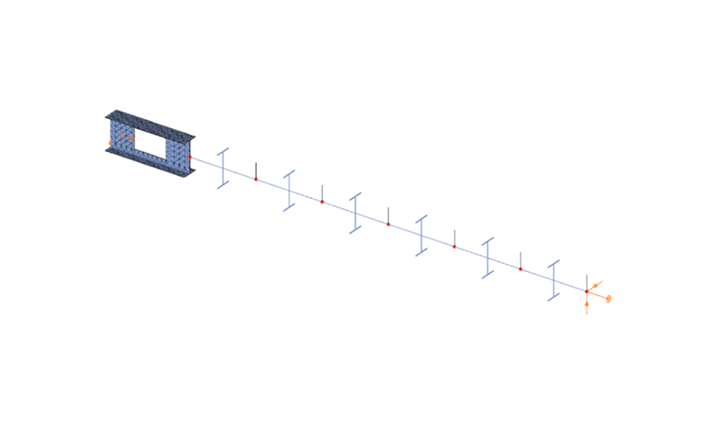
Bardzo często wymagane jest przejście instalacjami przez środnik belki. W takich przypadkach powszechnym rozwiązaniem jest zapewnienie potrzebnej ilości otworów w środniku dźwigara. Przejścia te mogą być okrągłe albo prostokątne, w…
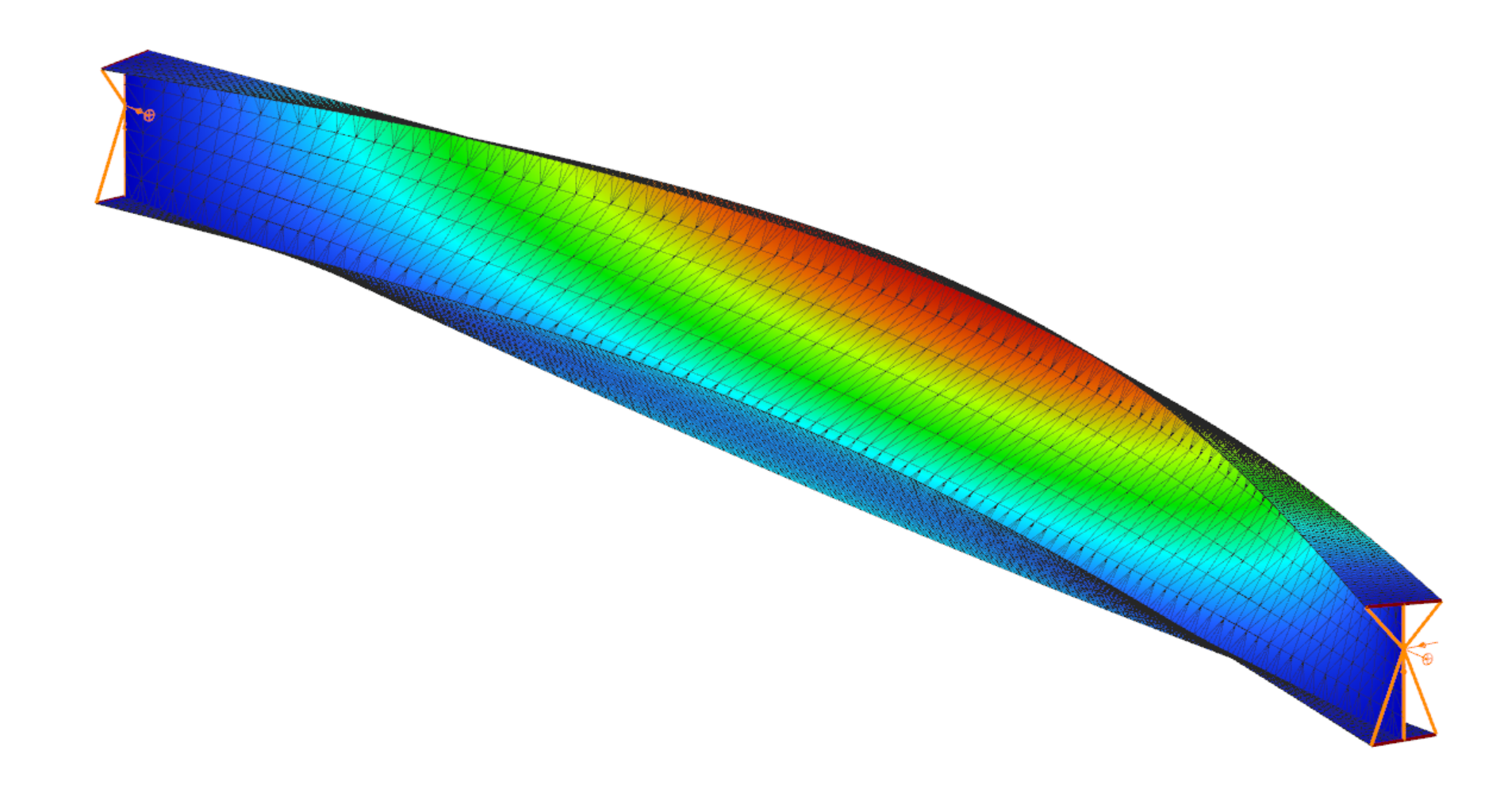
Introduction of Consteel Superbeam In general, Consteel uses 7 DOF beam elements for finite element analysis of steel structures which are adequate for most everyday design situations. It is also…
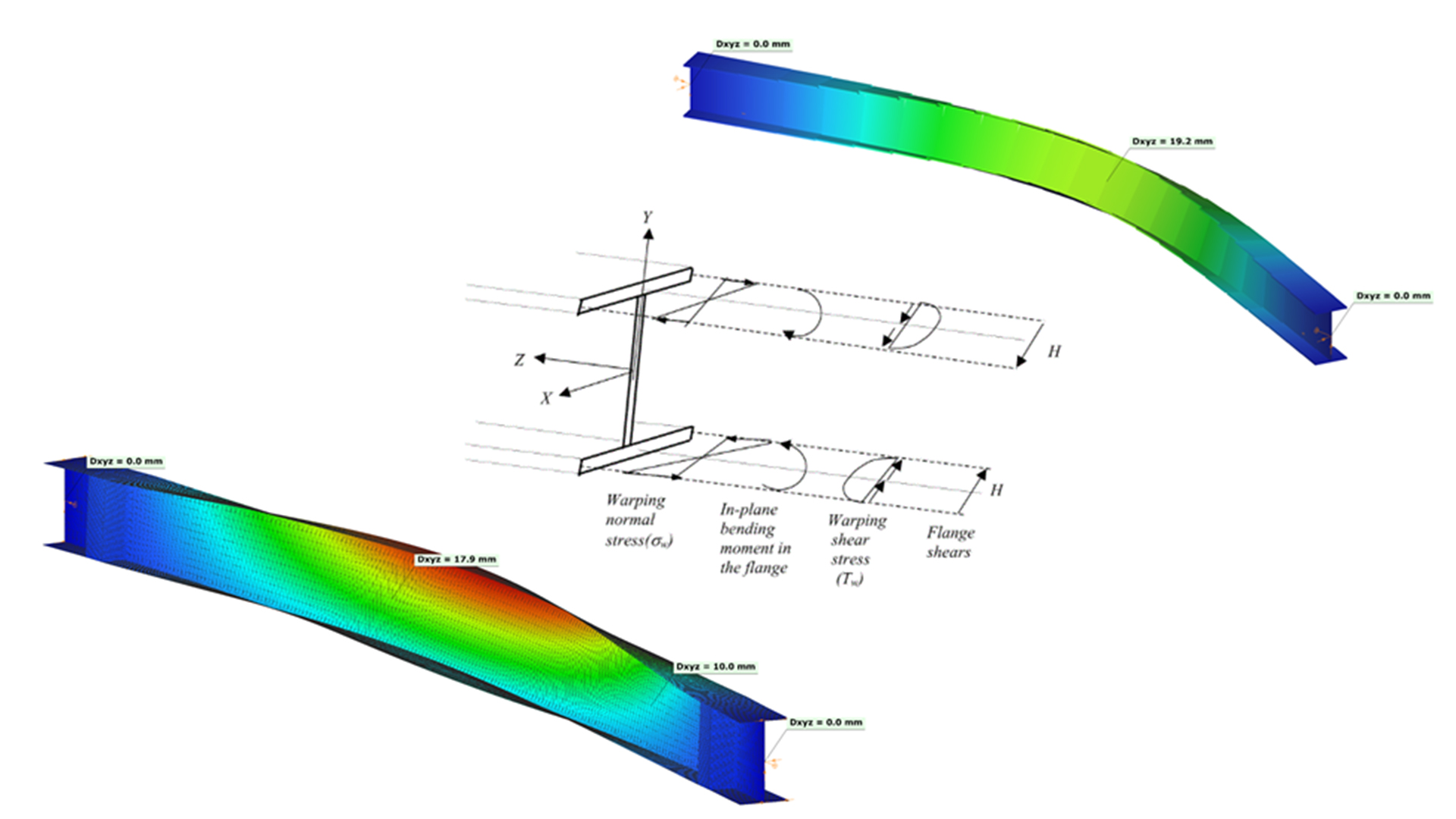
Theoretical background According to the beam-column theory, two types of torsional effects exist. Saint-Venant torsional component Some closed thin-walled cross-sections produce only uniform St. Venant torsion if subjected to torsion.…

The results of analyzes of frames with a span of 12, 15 and 18 m have been presented. Their minimum mass was assumed as the optimization criterion. The finite element…

Comparison of chosen methods for estimation of critical lateral torsional buckling bending moment of web-tapered I-beams. In this article, the elastic critical bending moments of the web-tapered I-beams calculated by…

Warehouse building example for Overall Imperfection Method in Consteel Watch our user guide about How to use the Overall Imperfection Method to learn more.

Overall Imperfection Method in Consteel The Overall Imperfection Method is an alternative way to carry out the buckling design for a structural member. With this method the buckling phenomenon is…

Example hall model for trying the smart link feautre in Consteel Watch our user guide about How to use the smart link feature to learn more.
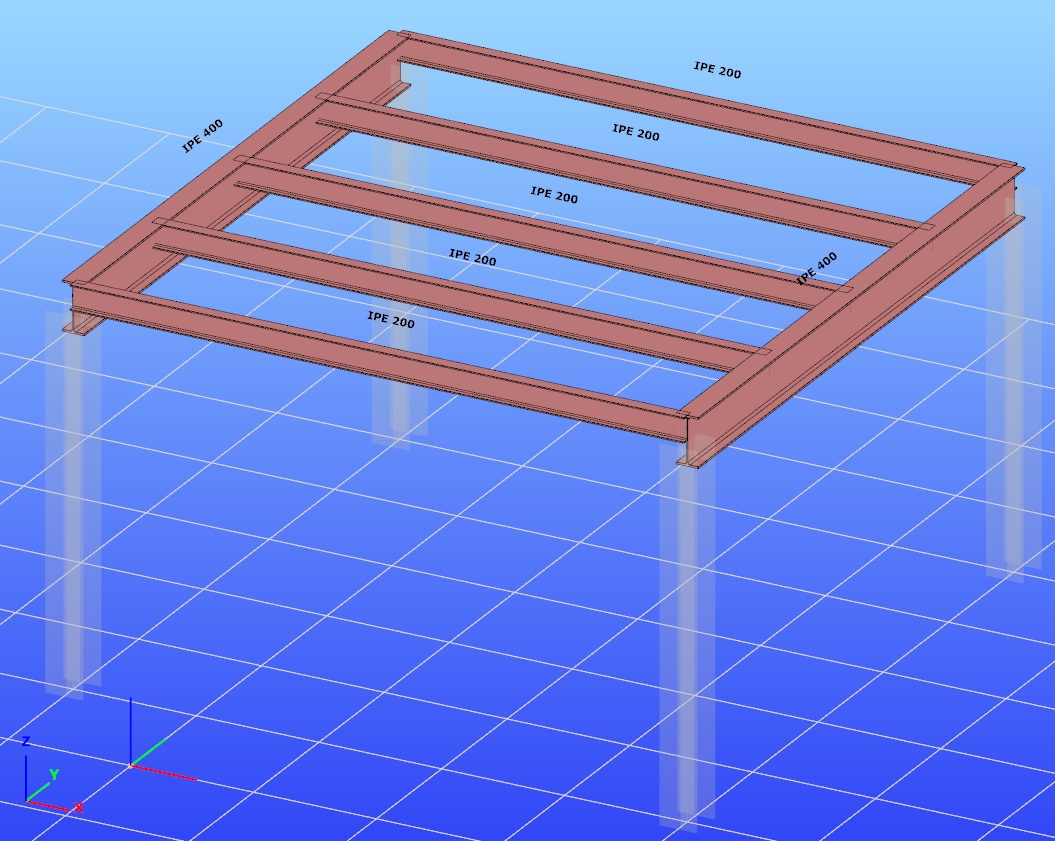
Example model for trying the smart link feature in Consteel Watch our user guide about How to use the smart link feature to learn more.
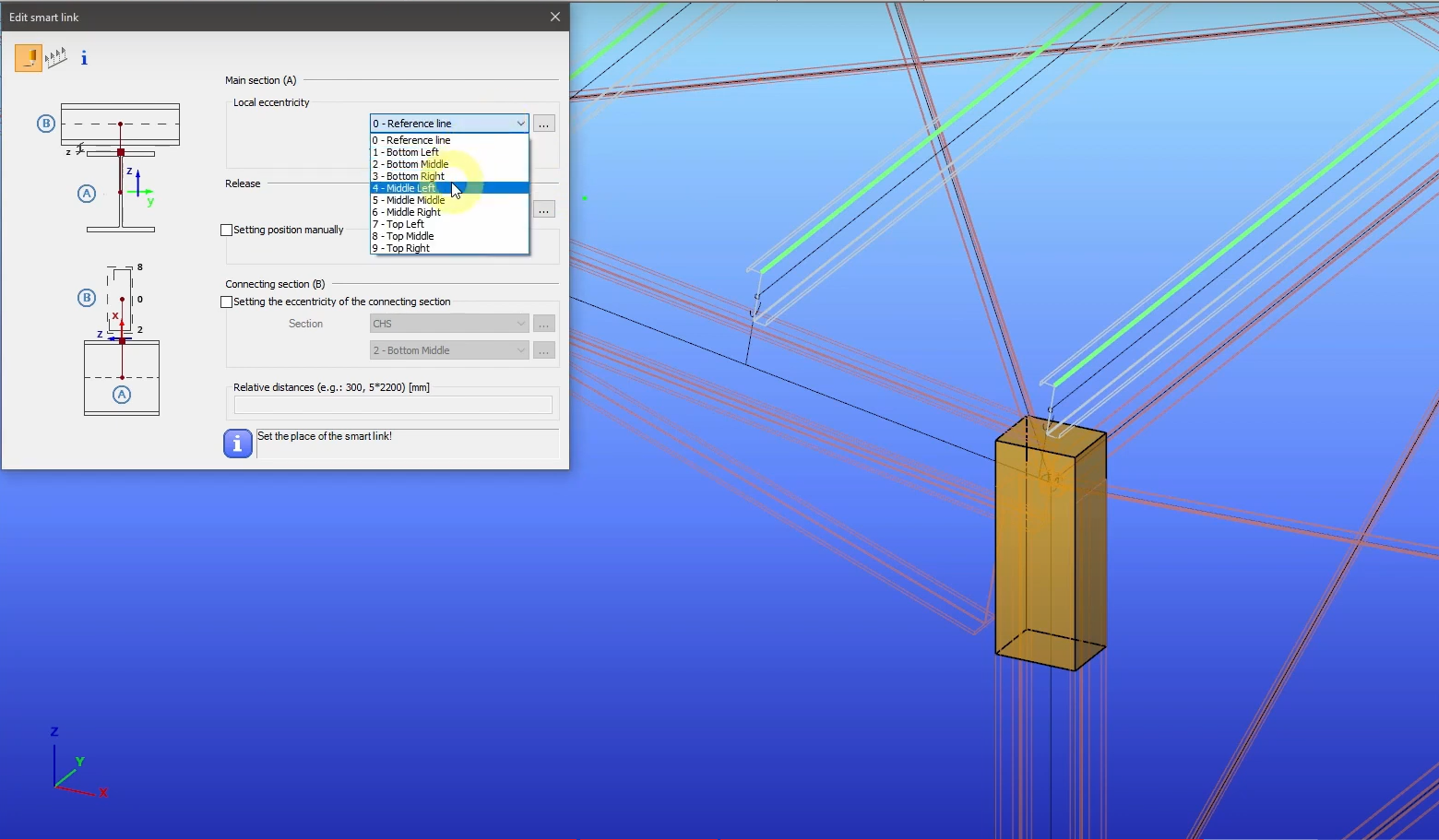
Smart link feature in Consteel The smart link is a different version of the already existing link element, that was introduced into Consteel with version 14. In case of the…
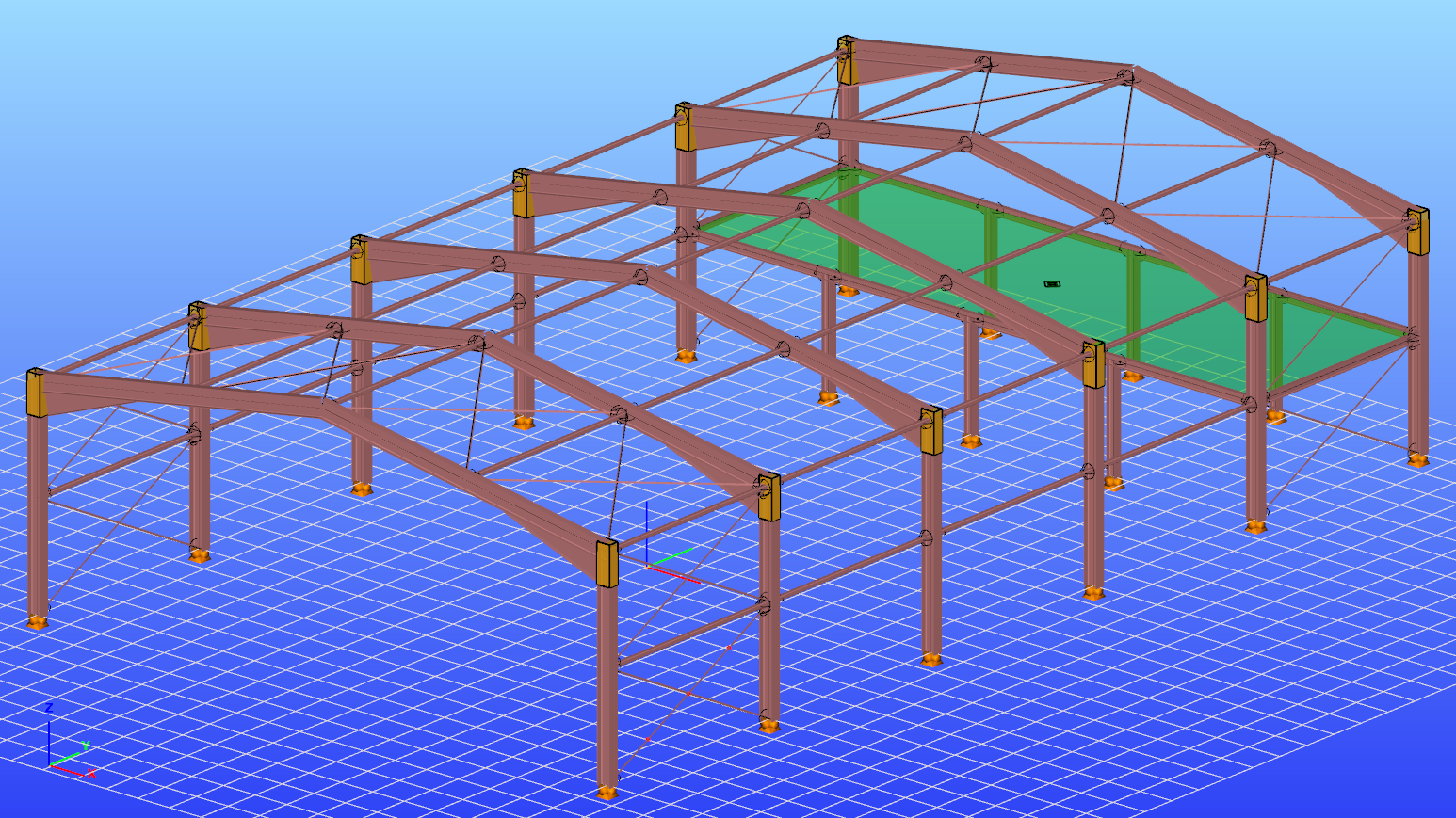
Example model for calculate critical temperature in Consteel Watch our user guide about How to use the critical temperature feature to learn more.

Critical temperature calculation in Consteel The calculation of the critical temperature is available in Consteel since the release of version 14. As an introduction of this feature, we prepared a…
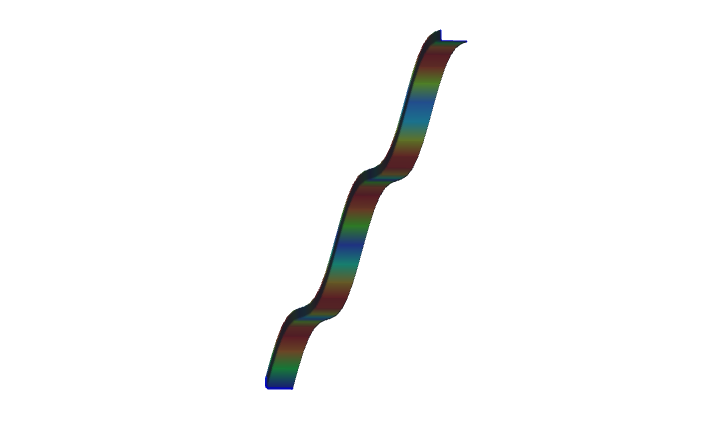
In our series we have shown in Part 1 and Part 2 how the spring stiffness „K” is determined for and edge and for an intermediate stiffener. In this part…
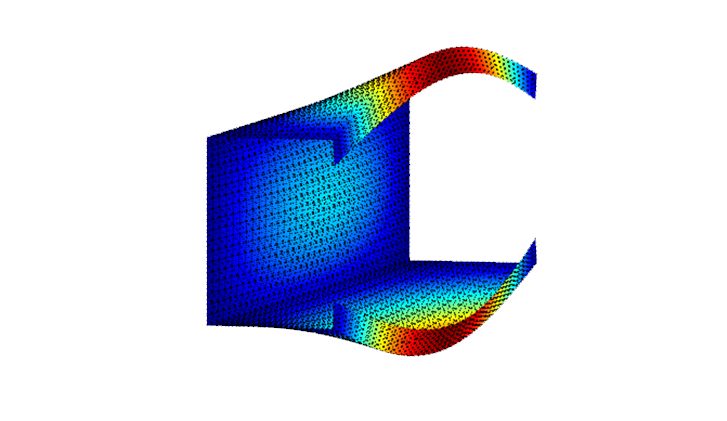
Distortional buckling – Further secret formulas of EN 1993-1-3. Check our article for the first secret formula if you hadn’t read it yet. In our series we continue with the…
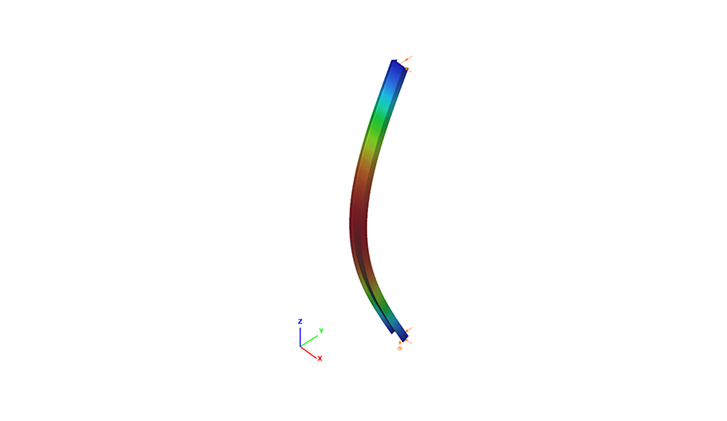
Part 2 – Imperfection factors The Eurocode EN 1993-1-1 offers basically two methods for the buckling verification of members: (1) based on buckling reduction factors (buckling curves) and (2) based…
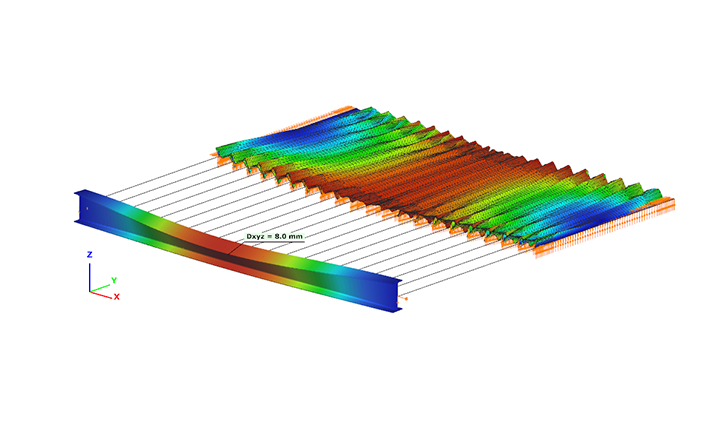
This article aims to cover the theoretical background of the shear field stiffness determination methods implemented in Consteel. Modeling with the shear field stiffness based method will also be compared…
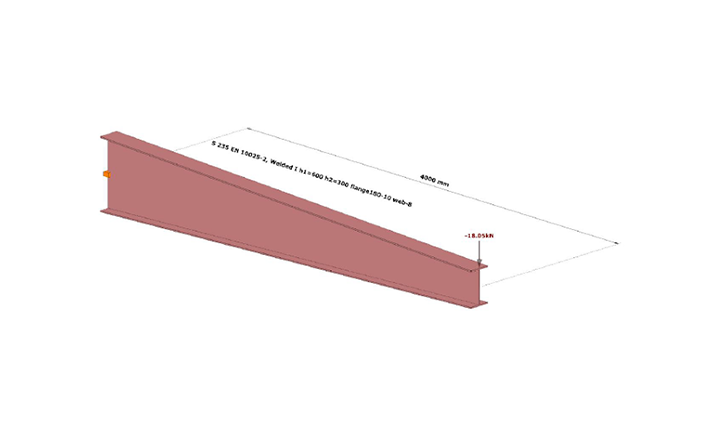
Modeling of tapered elements Stability calculation of tapered members is always a difficult problem despite its popularity in steel hall construction. Generally in analysis software for the stability analysis a…

EN 1993-1-3 contains 3 „secret” formulas. The first two are used to determine the effective cross section due to distortional buckling when edge or intermediate stiffeners are involved. The third…
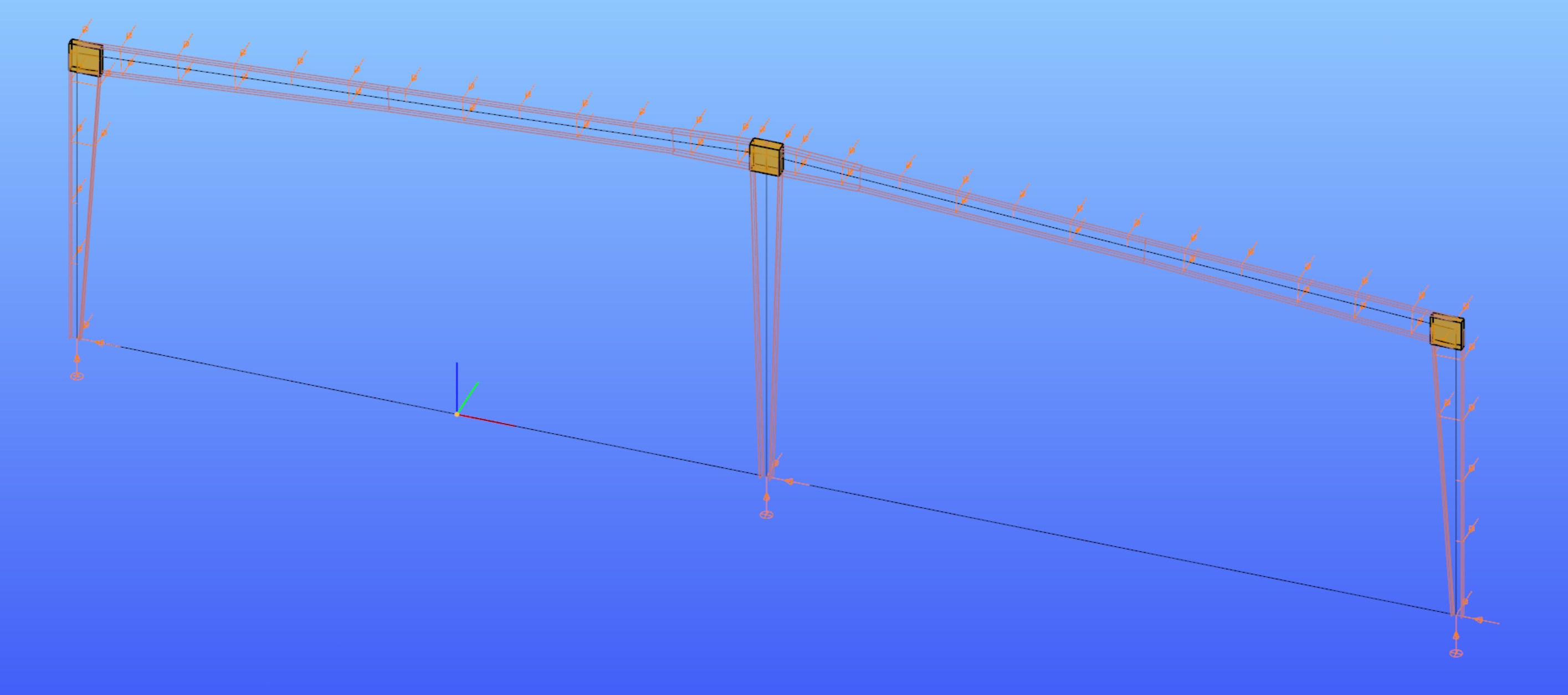
Introduction In Consteel there are several opportunities to place the point supports you need in a quick and effective way. Multiple placing of column bases In case you imported a…
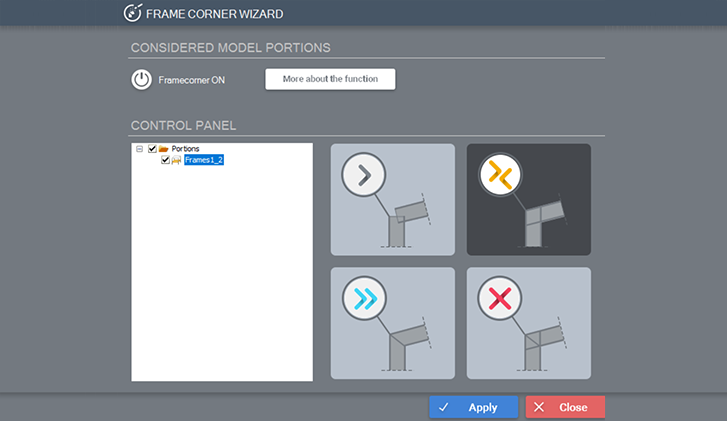
Introduction The Frame corner wizard is a useful additional function for modelling and analyzing the corner region in order to consider its special behavior. What is it for The frame…

Introduction In Consteel a great variety of EN National Annexes can be used for structural design. It is possible to review the existing annexes in the Standards menu. In case…
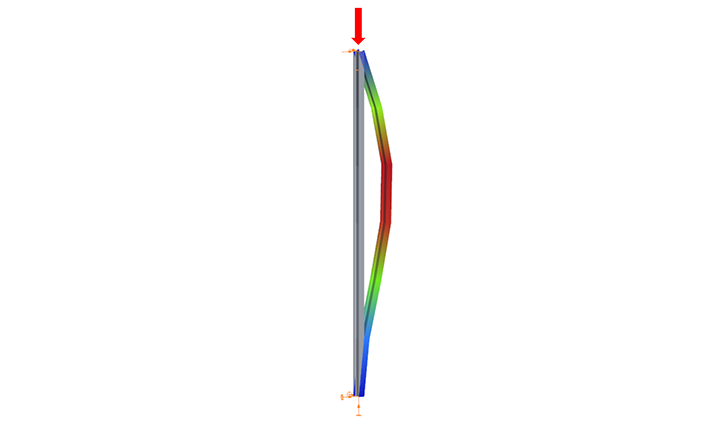
Introduction There are different ways to evaluate the stability of a structure. It is important to know the differences between those methods and the limits of applicability but it is…
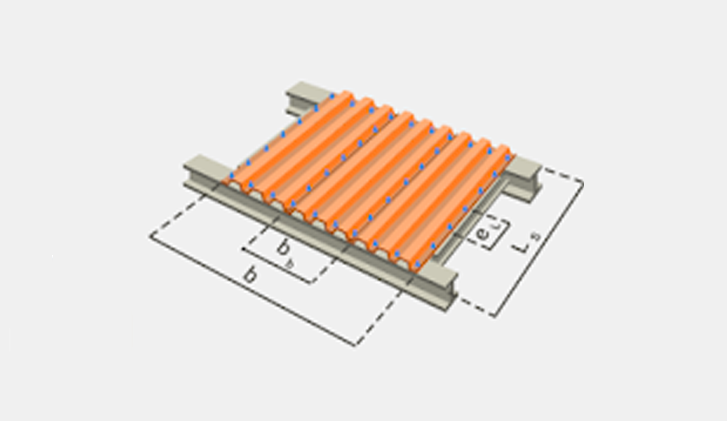
Shear fields are used in daily practice in Germany for the design of structures by considering the stabilization effect of trapezoidal decking connected to bar elements. Such stabilization effect can…
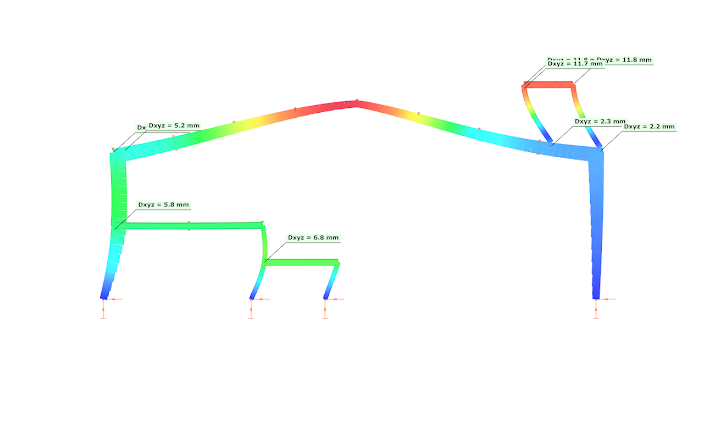
In everyday practice frames of pre-engineered metal buildings are often designed as 2D structures. Industrial buildings often have partial mezzanine floors, attached to one of the main columns, to suit…
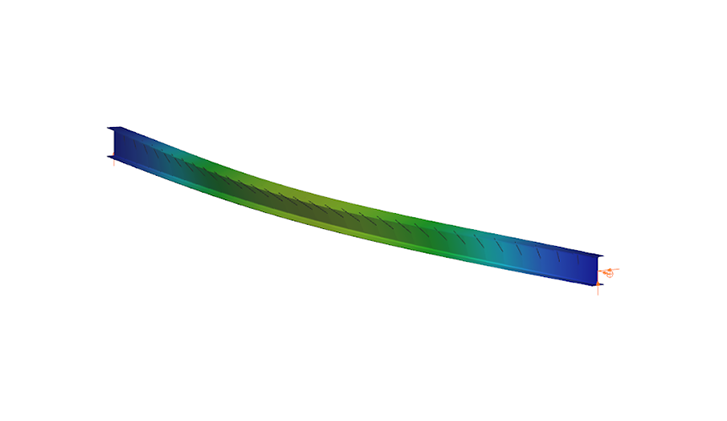
It is known that the lateral torsional buckling resistance of a simple supported beam can be significantly increased if its compressed flange is connected adequately to a trapezoidal decking. Eurocode…

Introduction Joint orientaion can be chosen by the graphical display of the Place joint on the model function. How it works If there is only one option how to place…
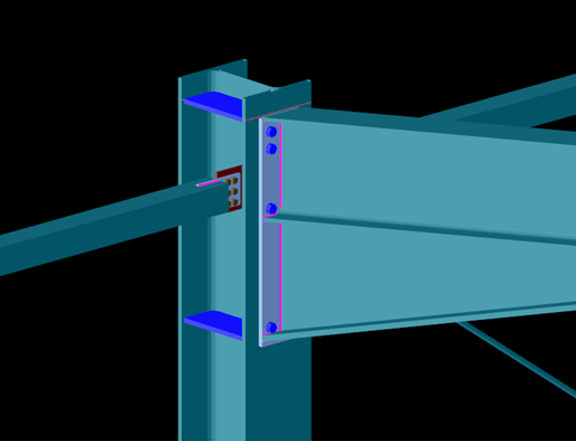
Introduction When you create a new joint either manually or by model, certain parameters are set to a default value e.g. weld sizes, method of weld design, bolt material and…
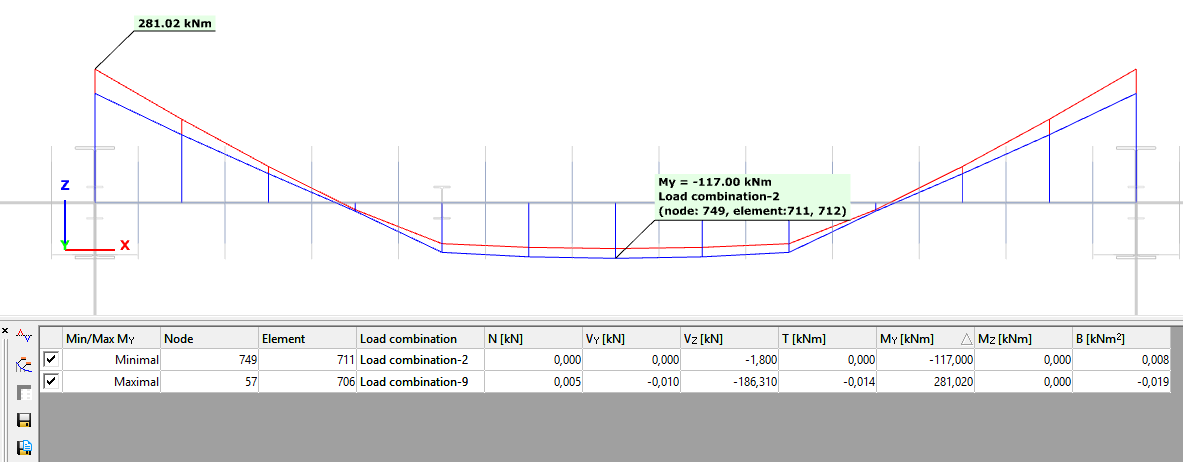
Introduction As you may already know, you can check the max, min and min-max envelope diagrams for (first and second order) analysis results in Consteel. But you can also create…
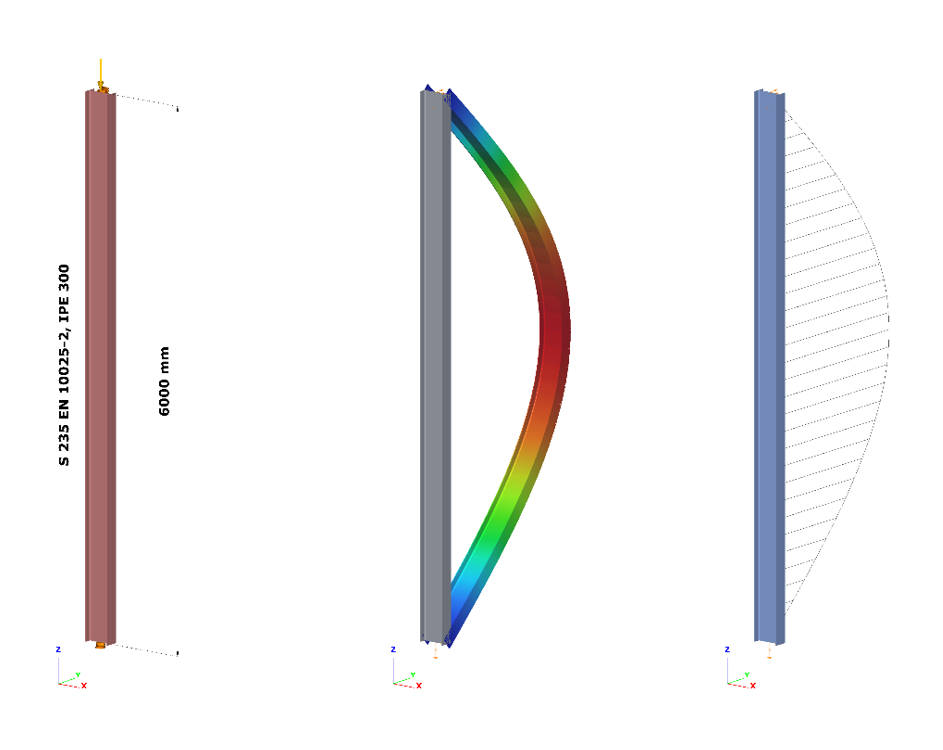
Part 1: Buckling utilization differences The Eurocode EN 1993-1-1 offers basically two methods for the buckling verification of members: (1) based on buckling reduction factors (buckling curves) and (2) based…

The main objective of the research paper is to present the technical and economical results obtained for standardized structures with small and medium spans. The obtained results can represent a…

The authors will describe in the following pages the reasons why the project of the Multi-functional Sports Hall from Cluj Napoca is attractive. The main lines of the building are:…

The construction of Kopitnari International Airport was one of the most important Georgian brownfield investments in 2011-2012. The 5000 m2 steel terminal building with timber interior, a spectacular member of…

Having as a starting point the idea of creating a structure with an iconic design, the current article presents all the technical solutions and steps followed in the process of…

Nowe trendy w normach: EUROKOD 3 – efektywne globalne projektowanie konstrukcji. Kliknij przycisk poniżej, aby pobrać i przeczytać cały artykuł.

Nowe trendy w normach EUROKOD 3 – efektywne globalne projektowanie konstrukcyjne Analiza oparta na modelu 3D przy użyciu ogólnej metody elementów skończonych belkowo-słupowych. Kliknij przycisk poniżej, aby pobrać i przeczytać…

The case study exposes a practical evaluation of fire resistance of an old structure of a Spanish industrial building composed of steel built-up members; the truss members are angles connected…

In Hungary only since 2008 is allowed to use the structural fire engineering methods for fire design. The Eurocode provides methods and standards for these calculations. The practising engineers have…

The paper presents the influence of the diaphragm effect on the behavior of pitched roof portal frames, having Z purlins and corrugated sheeting as cladding. The paper highlights the stabilizing…

A two-part paper has been written to summarise the main results of a comparative study on the design provisions currently adopted in Europe (EU) and the United States (US) for…

Click the button bellow to download and read the full article at page 187-195. In this paper a numerical study is presented which examines a steel frame with two different…

After introducing the Eurocode standards several theses have been published on the now much-discussed phenomenon of lateral-torsional buckling of steel structural elements under pure bending. According to that, researchers are…

In the second article of this series, Dr József Szalai of ConSteel Solutions demonstrates practical examples where the “General Method” of EN 1993-1-1 shows advantages compared to the conventional approaches.…

Clause 6.3.4 of EN 1993-1-1 describes a “General Method” for lateral and lateral torsional buckling of structural components, ideally suited to software applications. Although the UK National Annex places some…

The new versions of the EN 1993-1-1 (EC3-1-1) and the EN 1993-1-5 (EC3-1-5) standards have introduced the general method designing beam-column structures; see [1] and [2]. The design method requires…

The new versions of the EN 1993-1-1 (EC3-1-1) and the EN 1993-1-5 (EC3-1-5) standards have introduced the general method designing beam-column structures; see [1] and [2]. The design method requires…

Click the button bellow to download and read the full article. The article is in czech at page 48-57.

The portal frames composed of tapered welded I-shaped structural members play important roles in the industrial buildings. The application of the relatively thin plates and the optimized fabrication makes these…

W pracy przedstawiono analizę nośności stalowej ramy płaskiej na przykładzie ramy portalowej o rozpiętości 36,0 m, wykonanej ze smukłościennych elementów blachownicowych o zmiennej wysokości środnika i przegubowo połączonej z fundamentami.…

W pracy przedstawiono analizę nośności stalowej ramy płaskiej na przykładzie ramy portalowej o rozpiętości 36,0 m, wykonanej ze smukłościennych elementów blachownicowych o zmiennej wysokości środnika i przegubowo połączonej z fundamentami.…

The EN 1993 Part 1-1 (EC3-1-1) has introduced a new approach (called the “General Method”) to perform lateral-torsional buckling (LTB) assessment of beam-column structural components on the basis of elastic…
Używamy plików cookie, aby zapewnić funkcjonalność logowania i uwierzytelniania, oraz najwyższą jakość korzystania z strony consteelsoftware.com.
